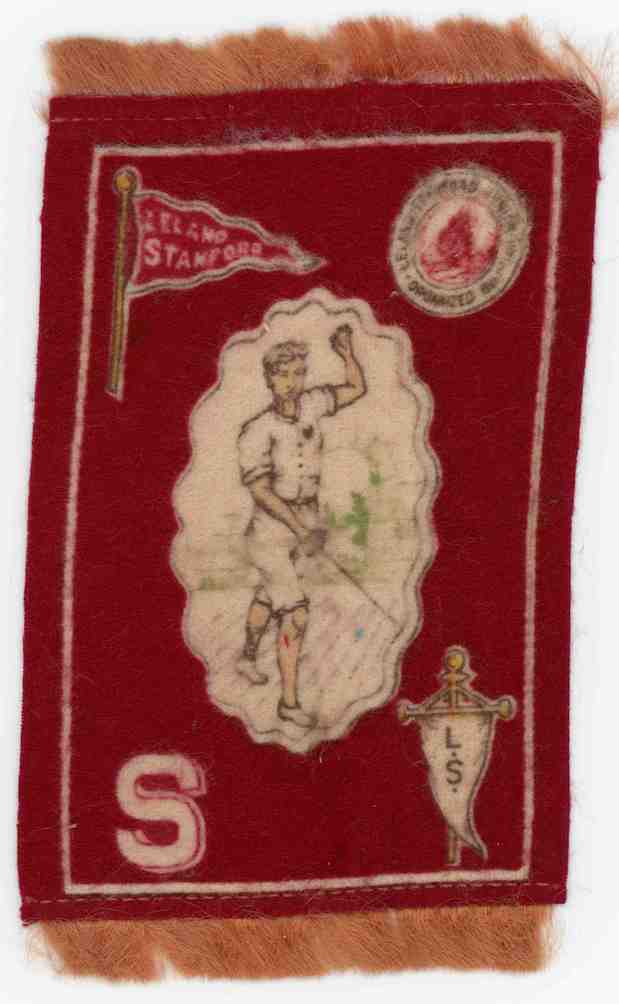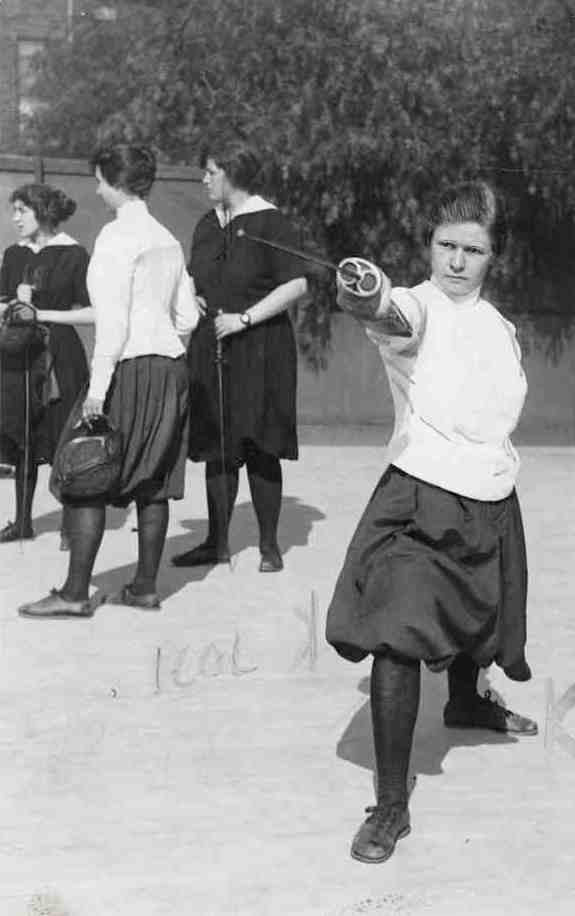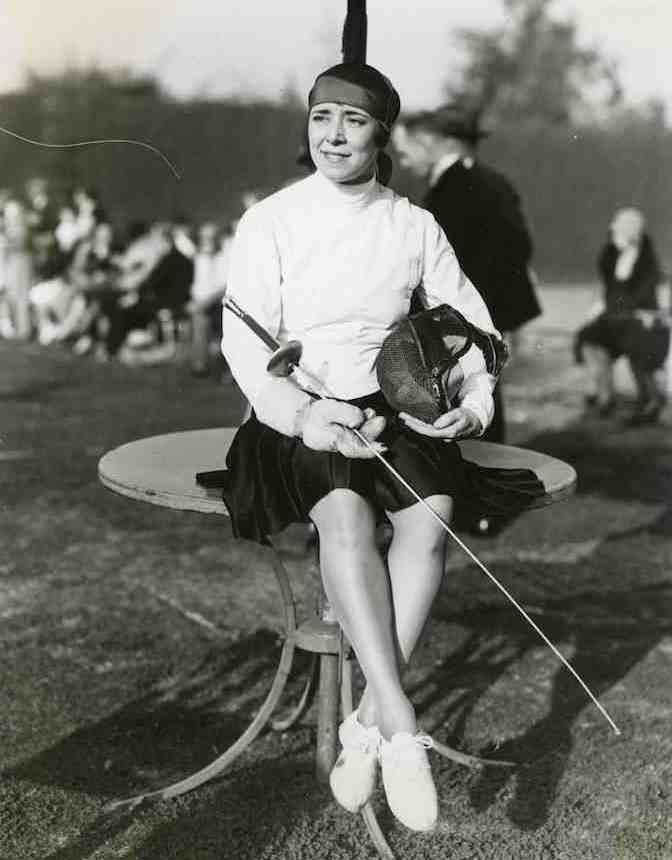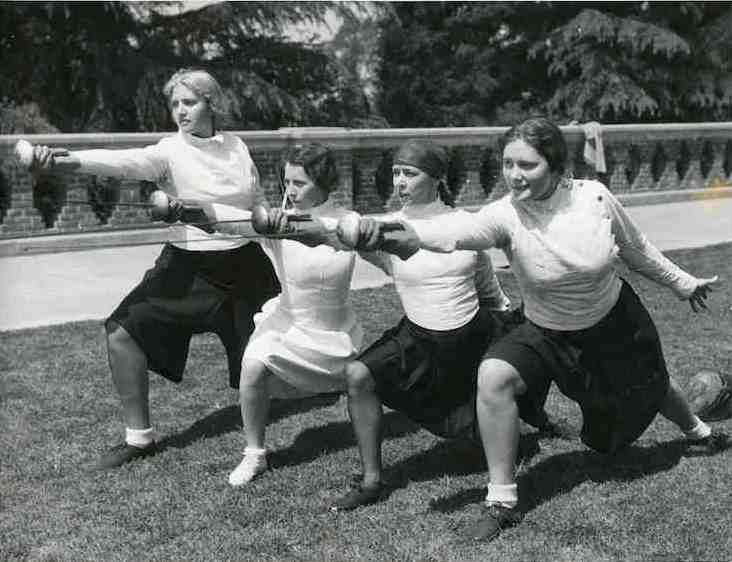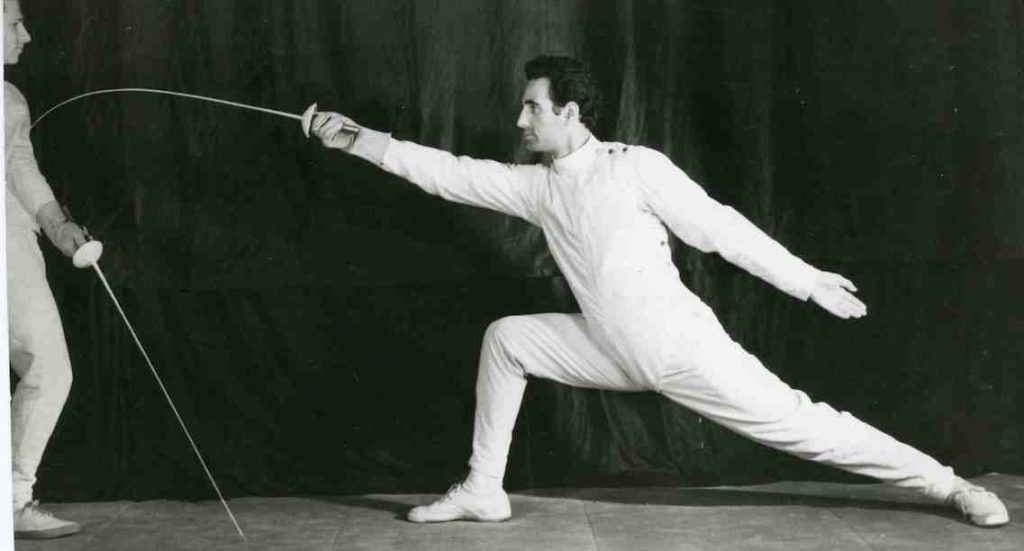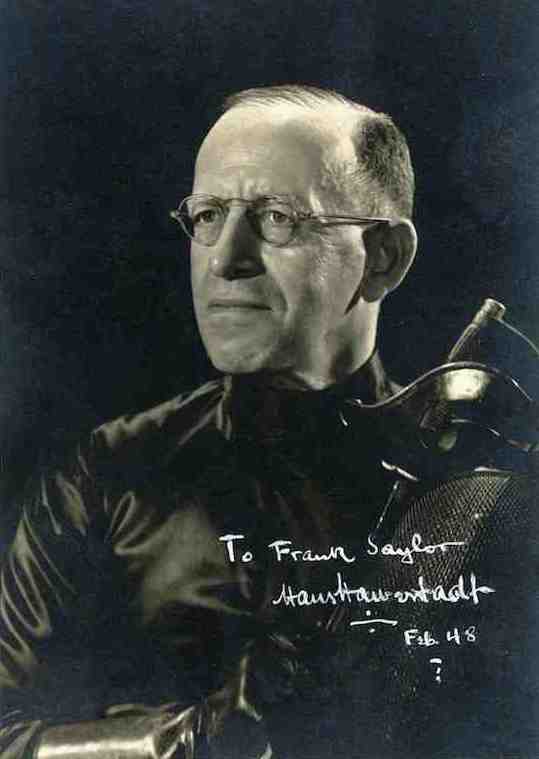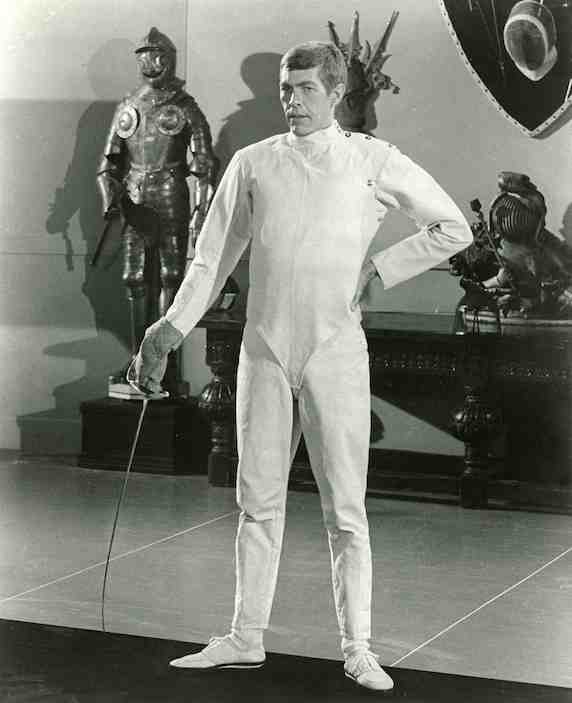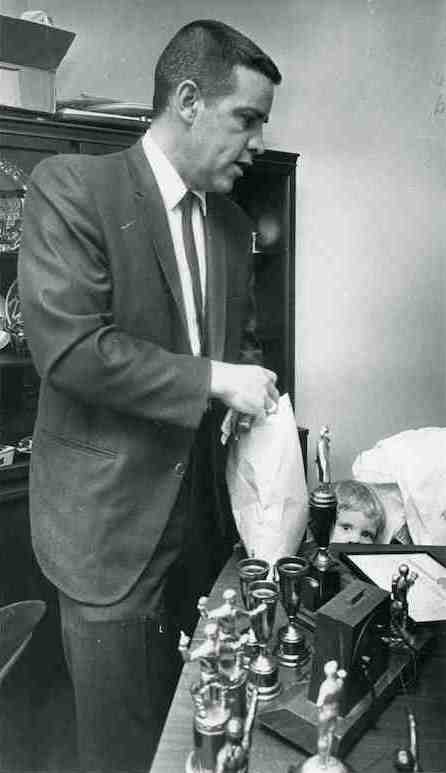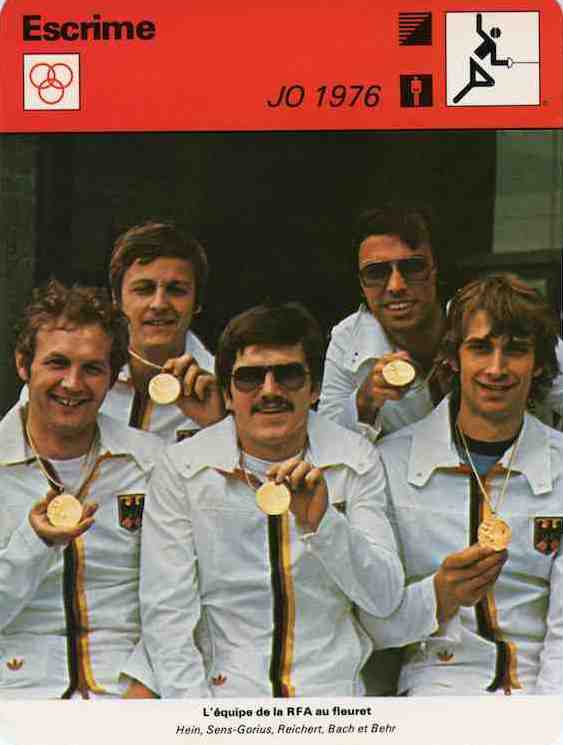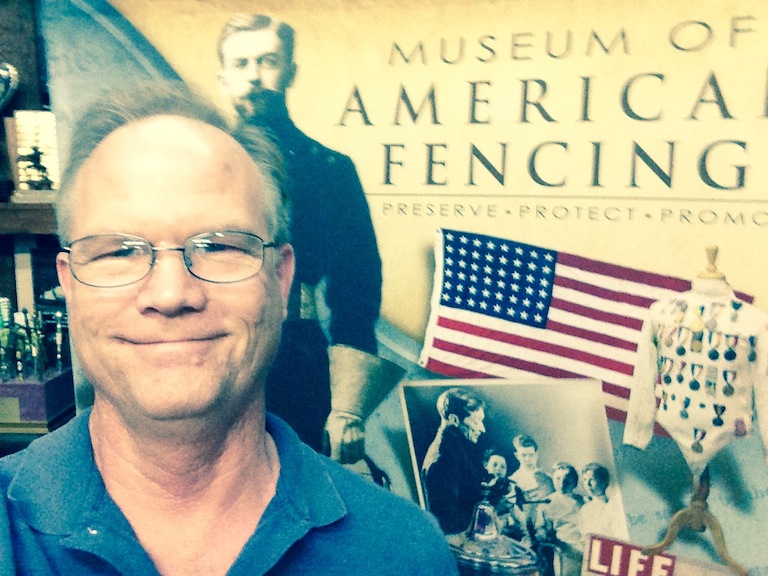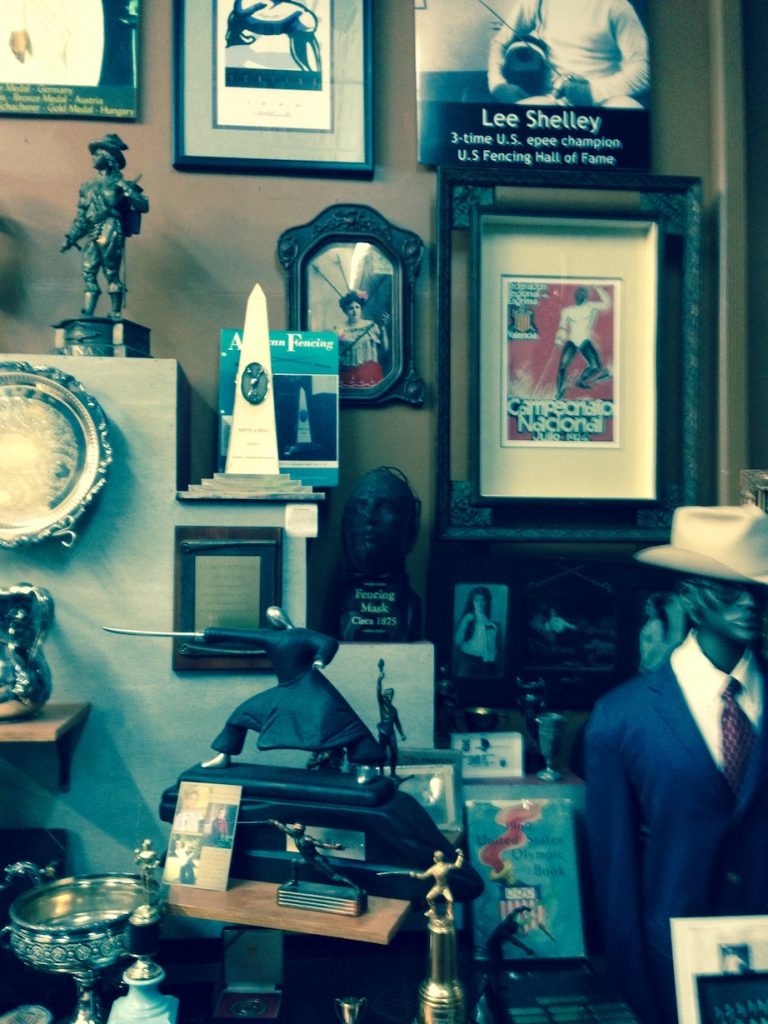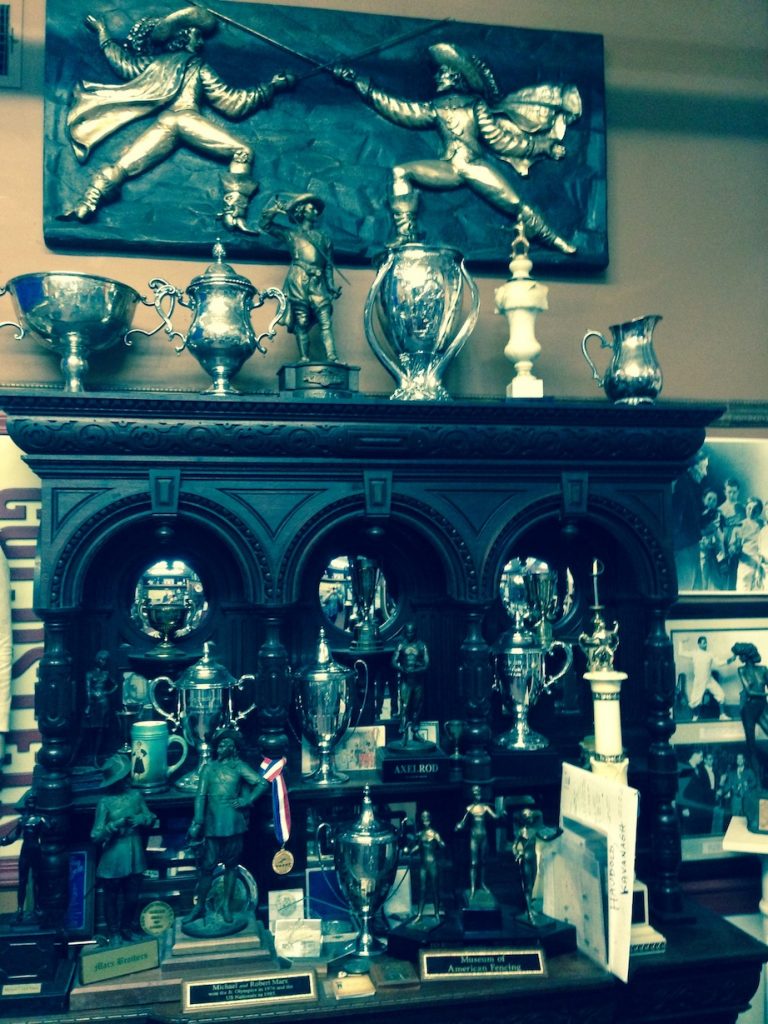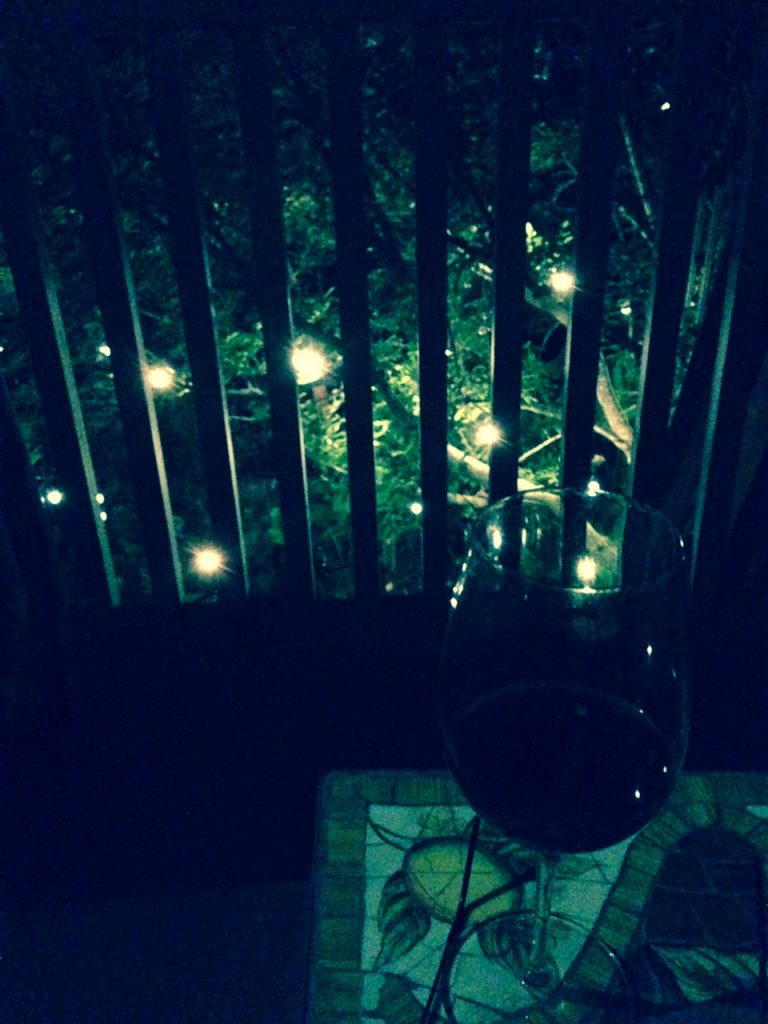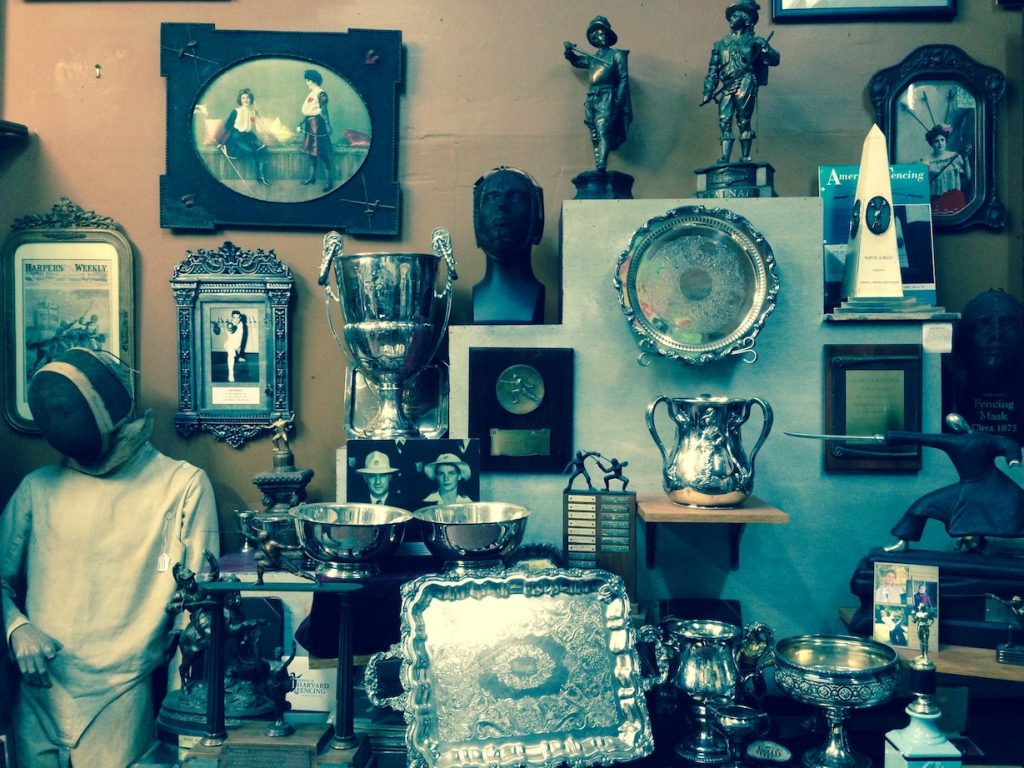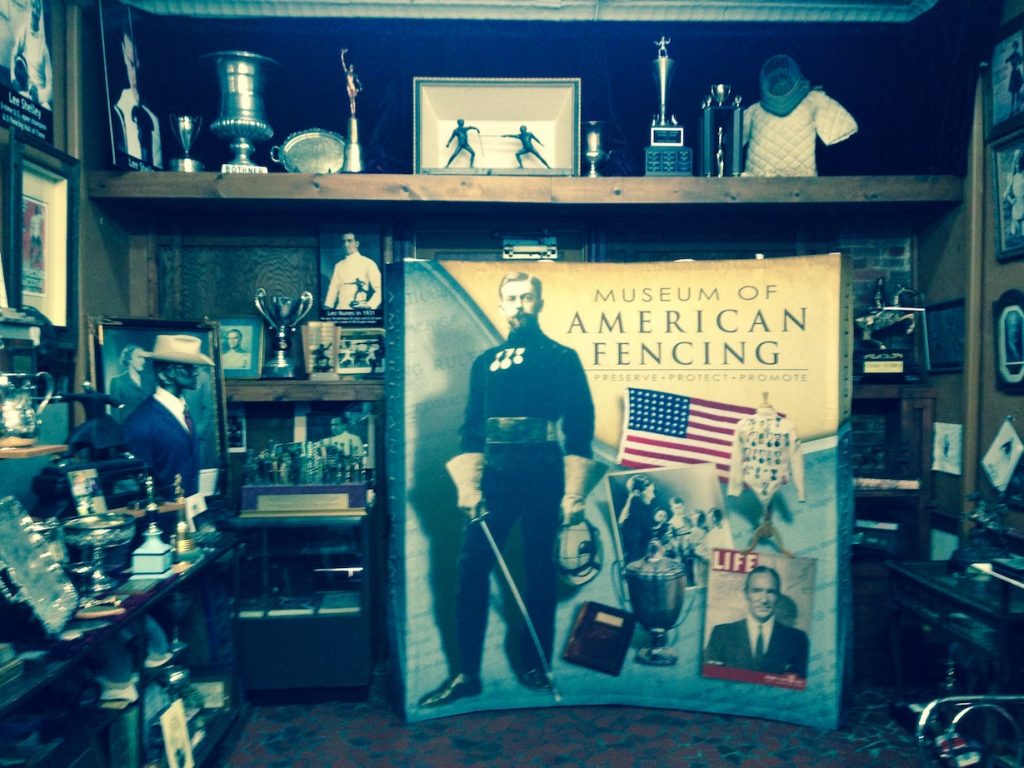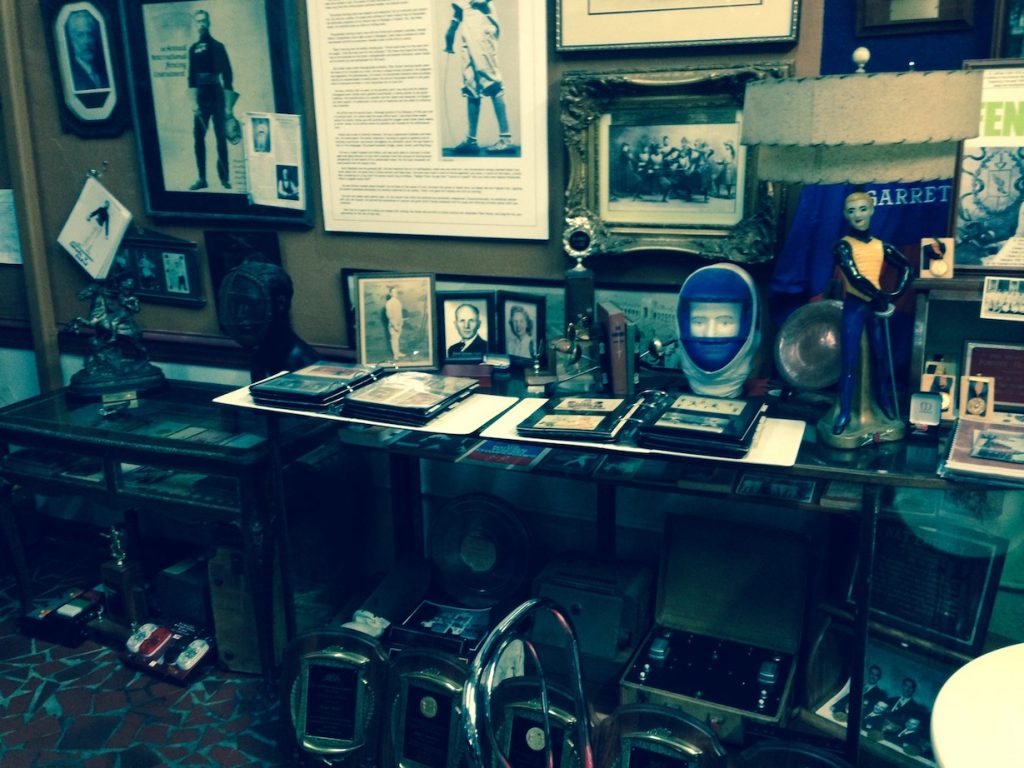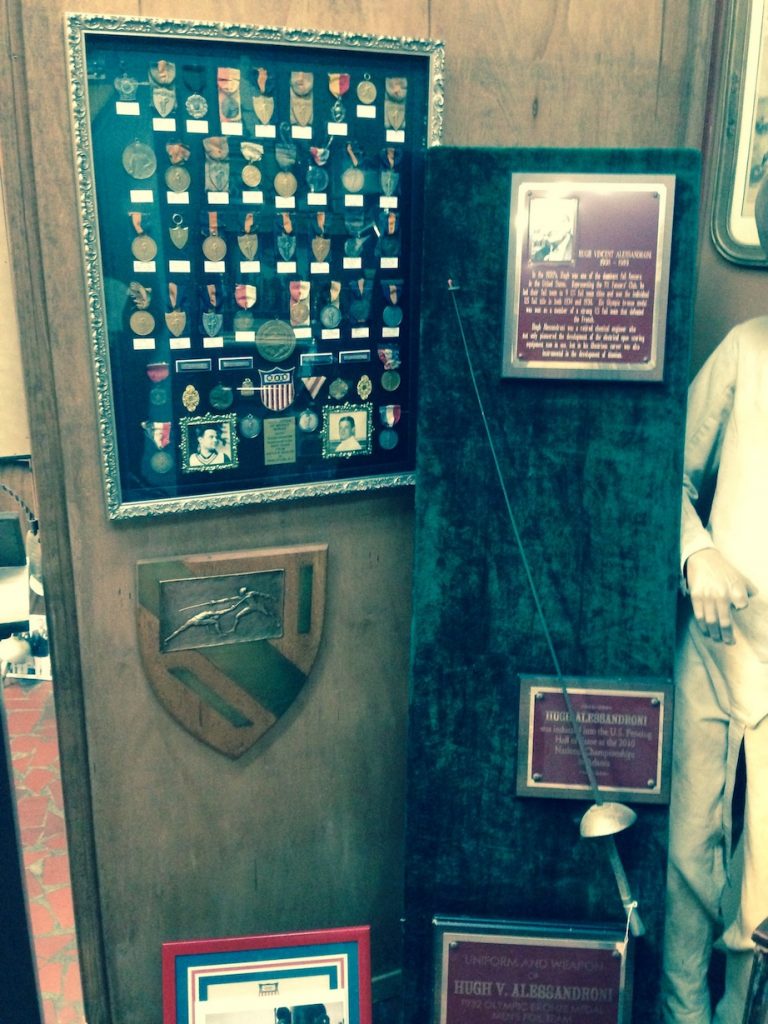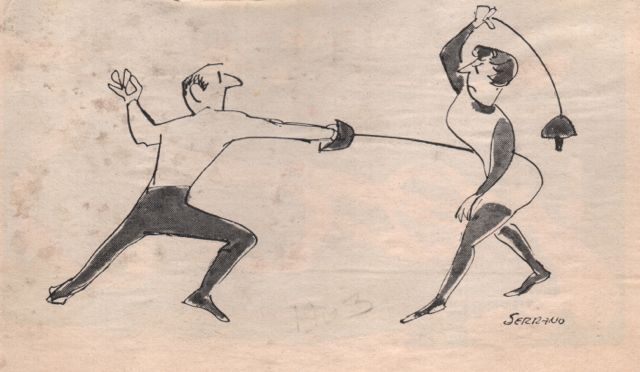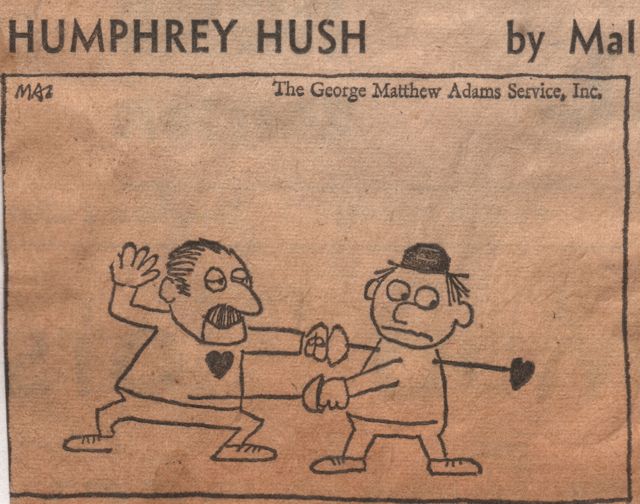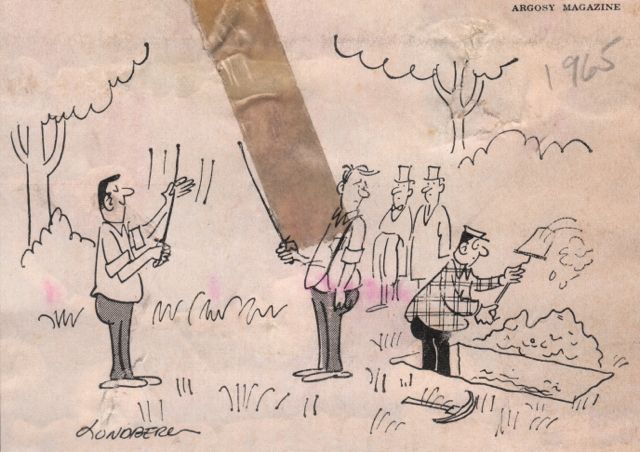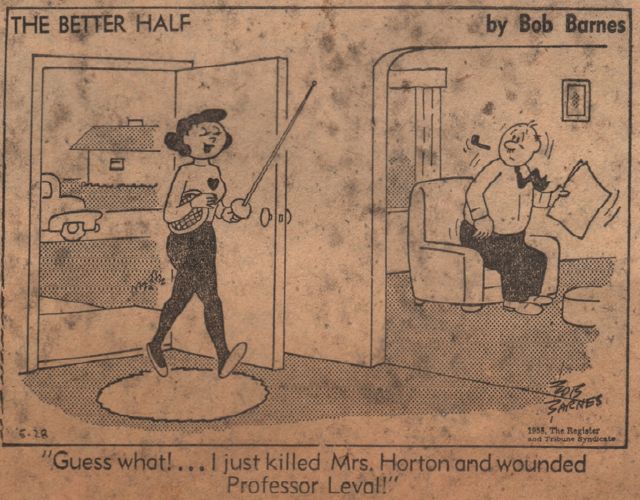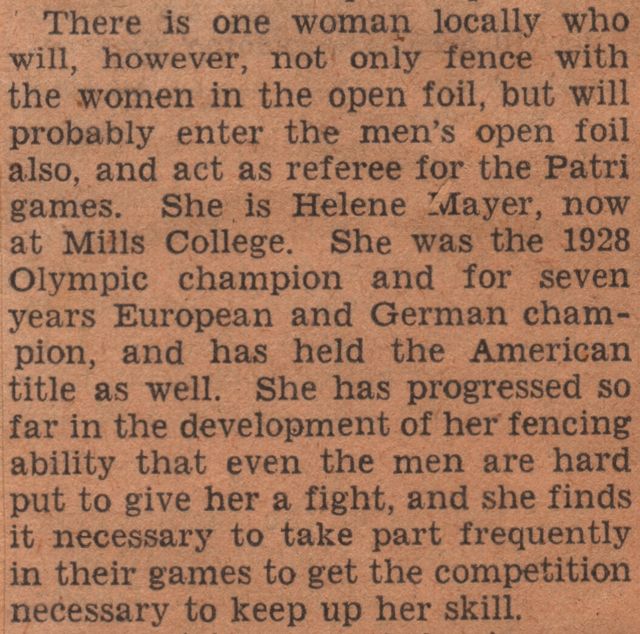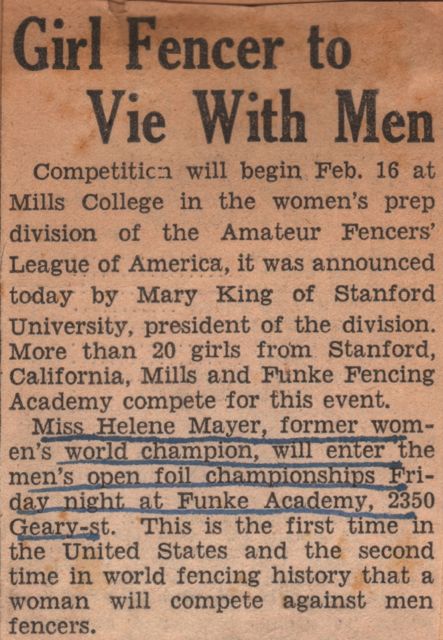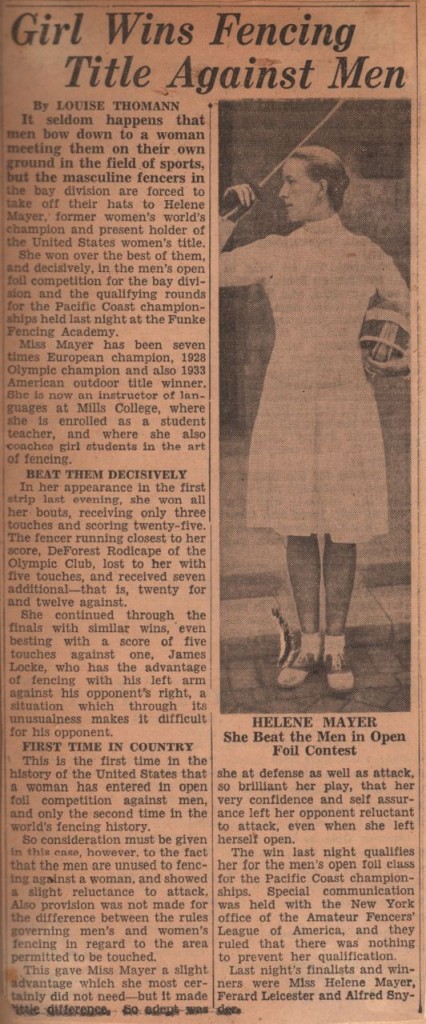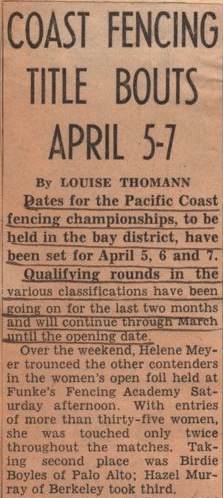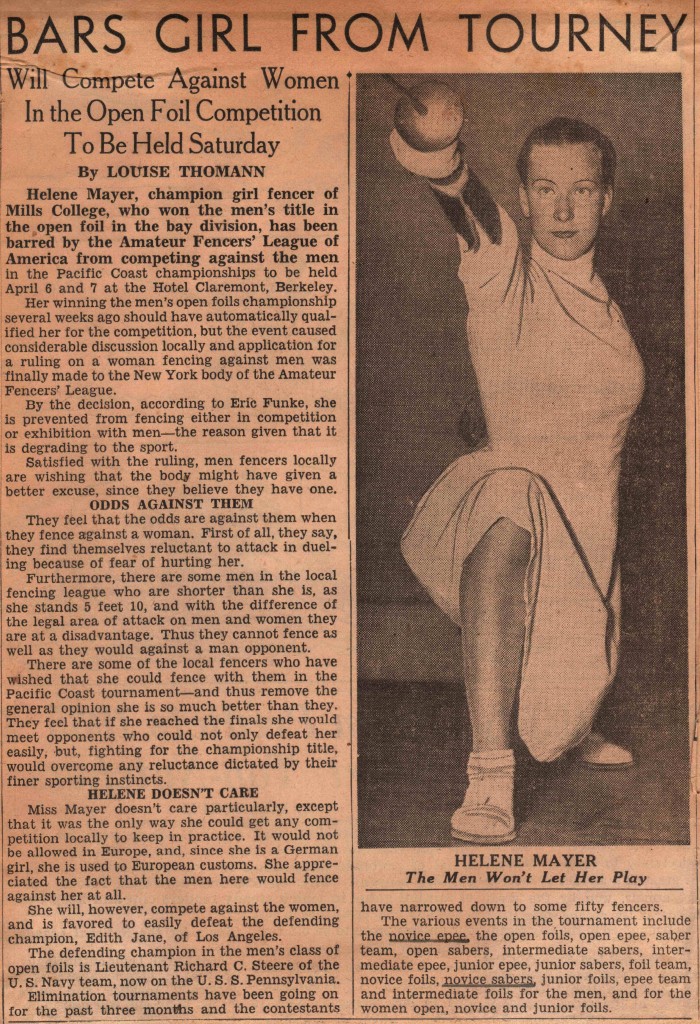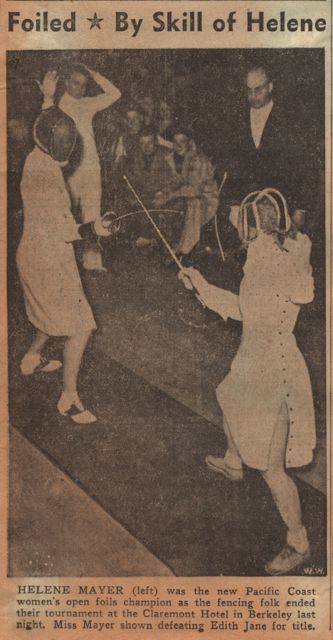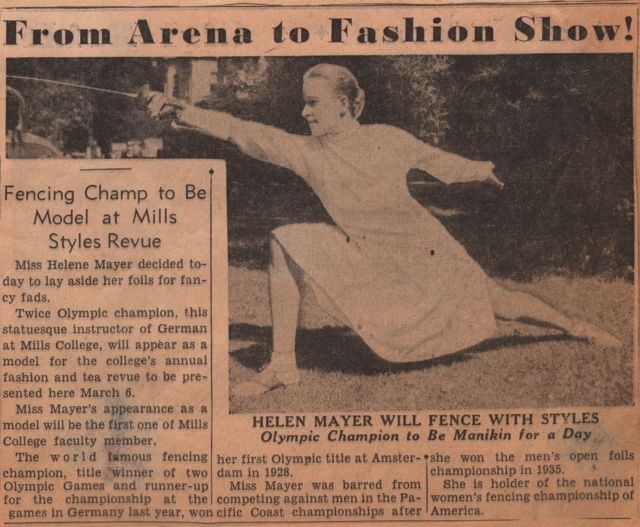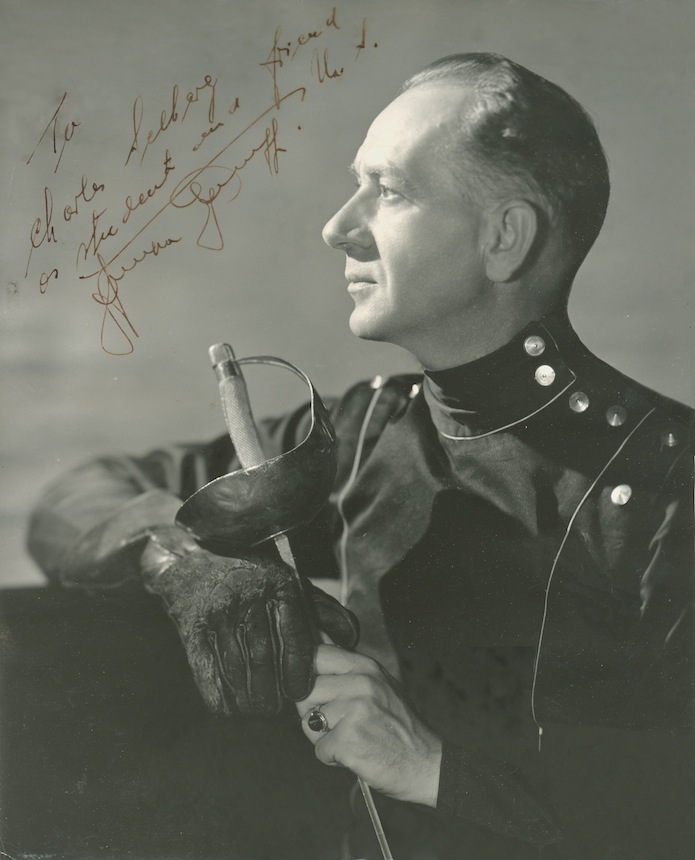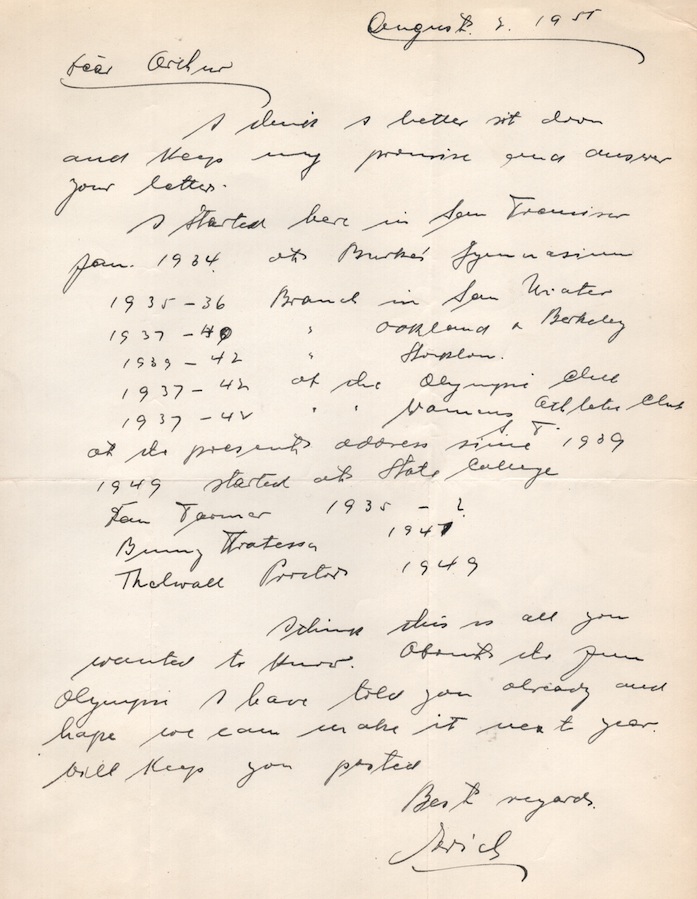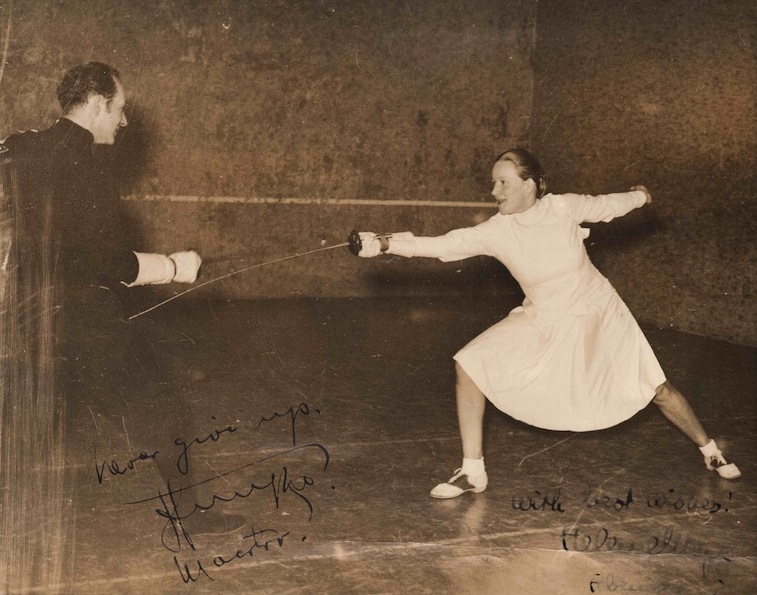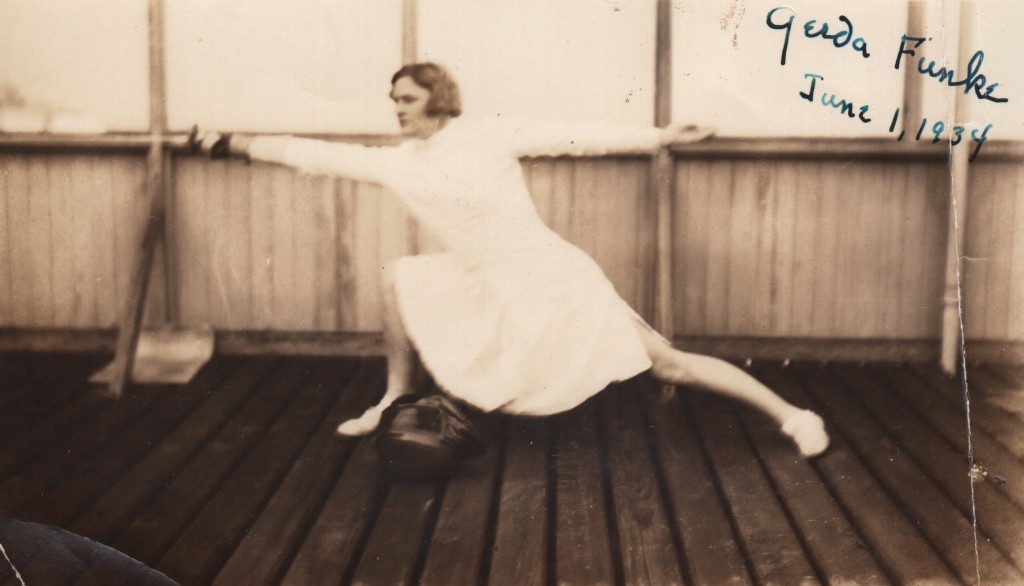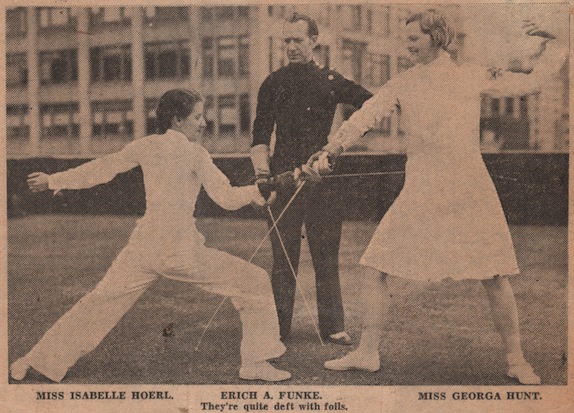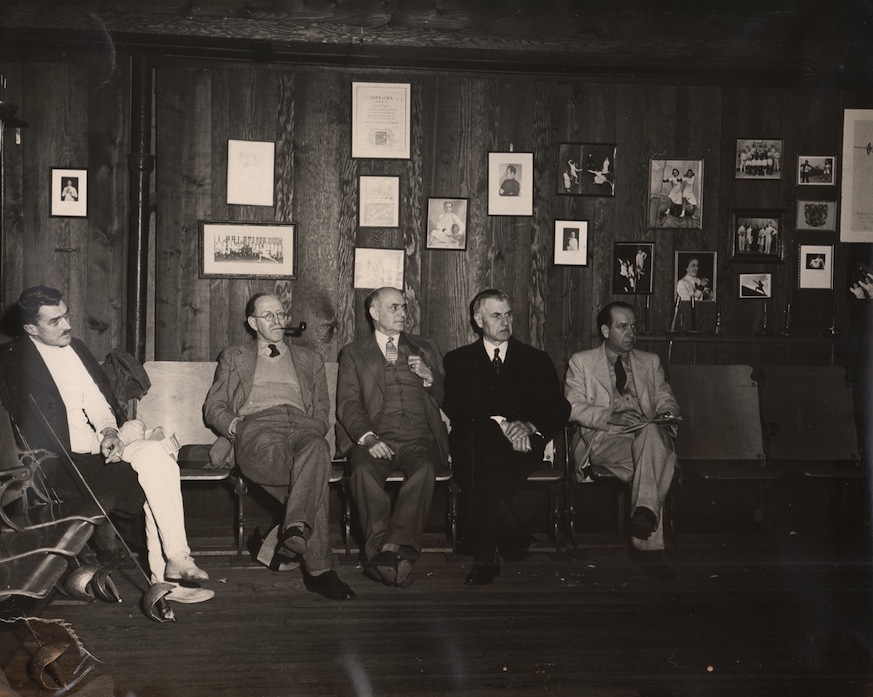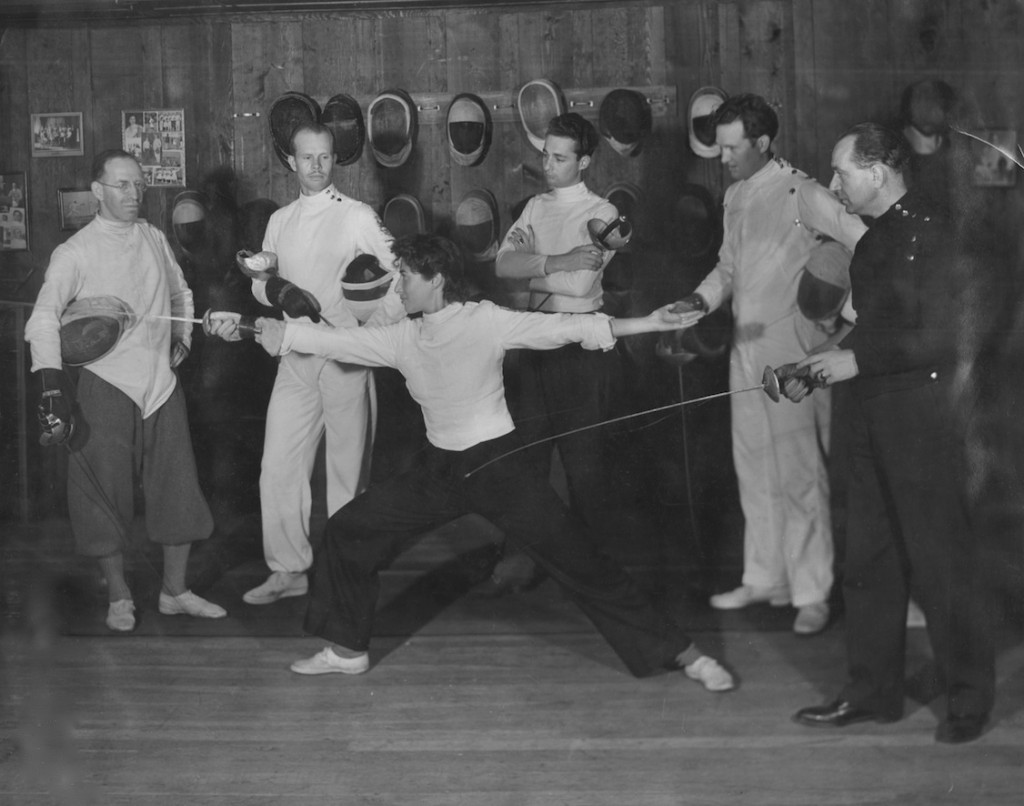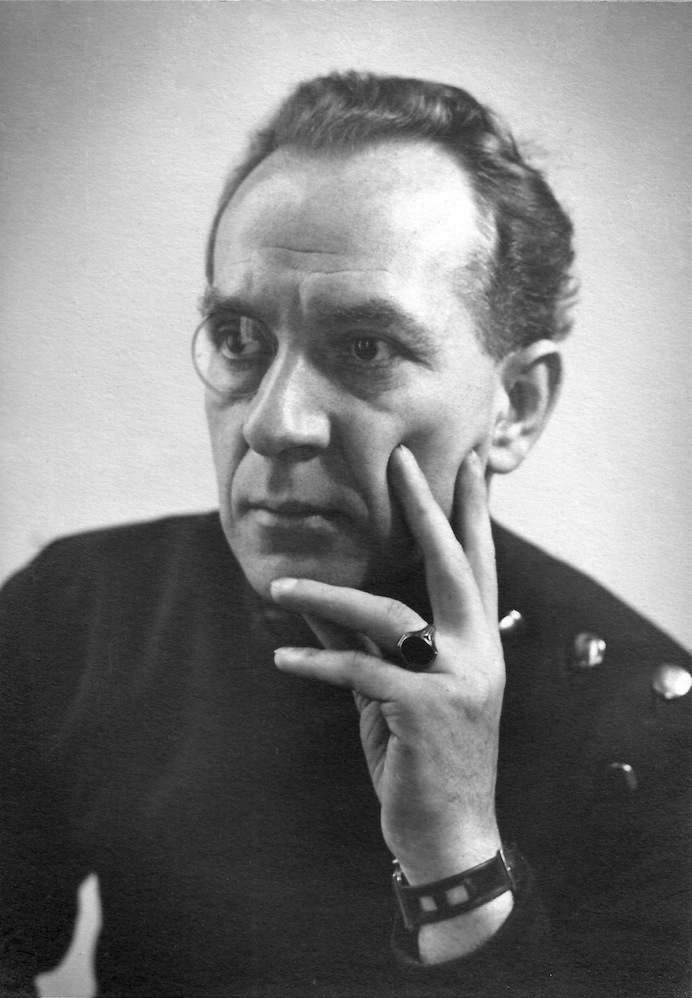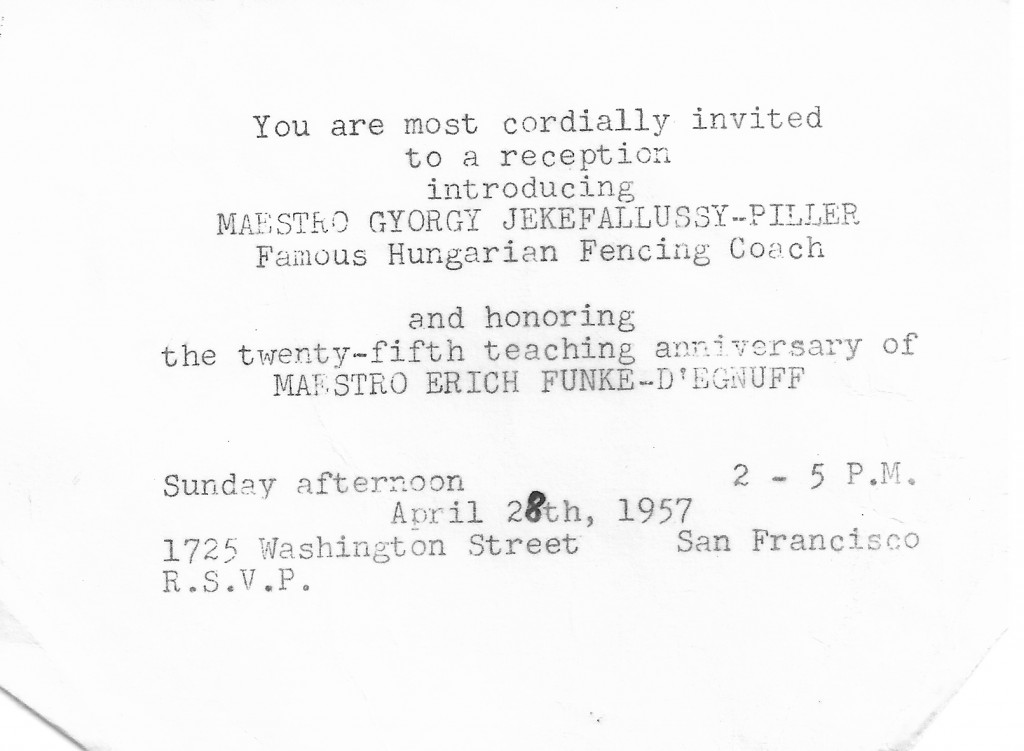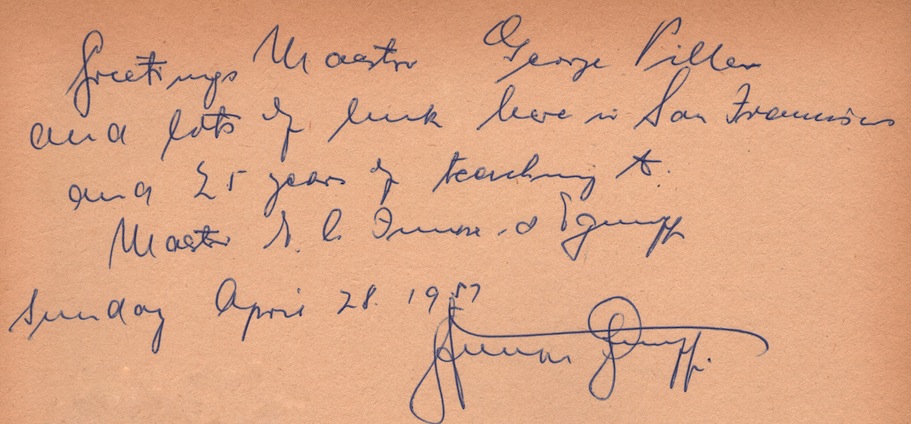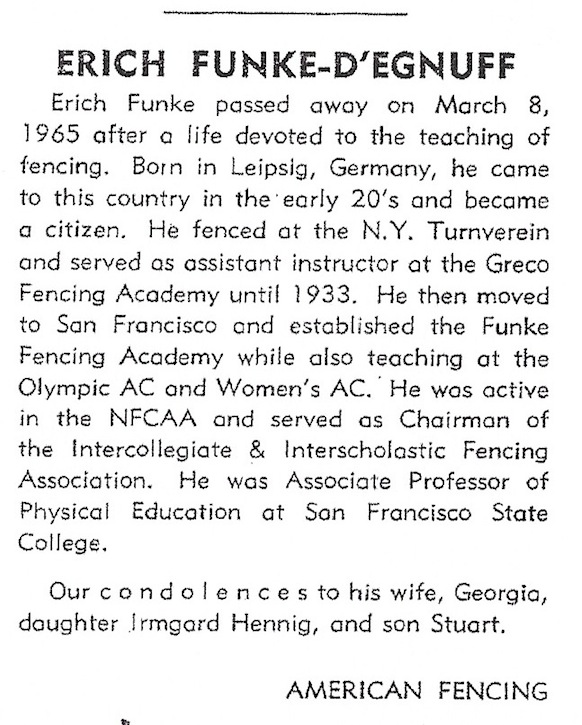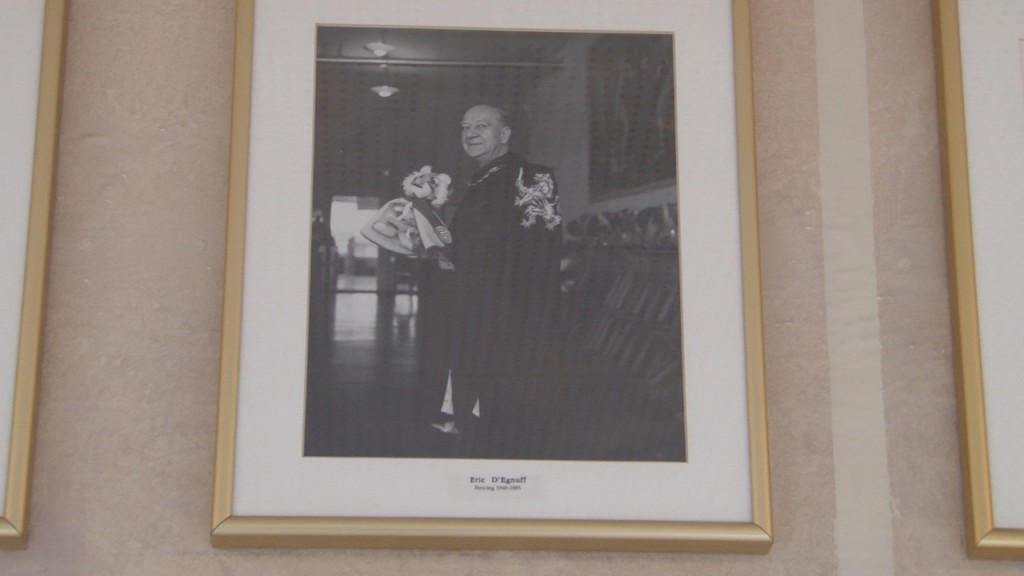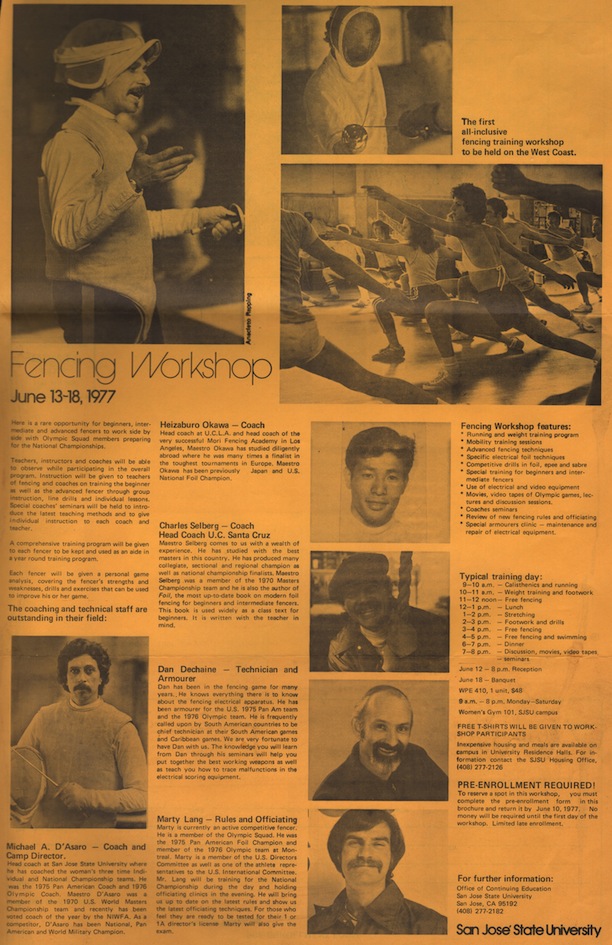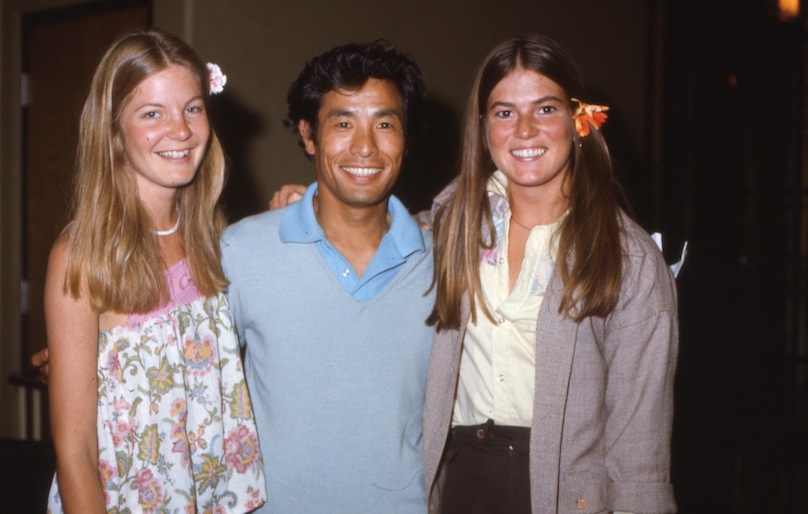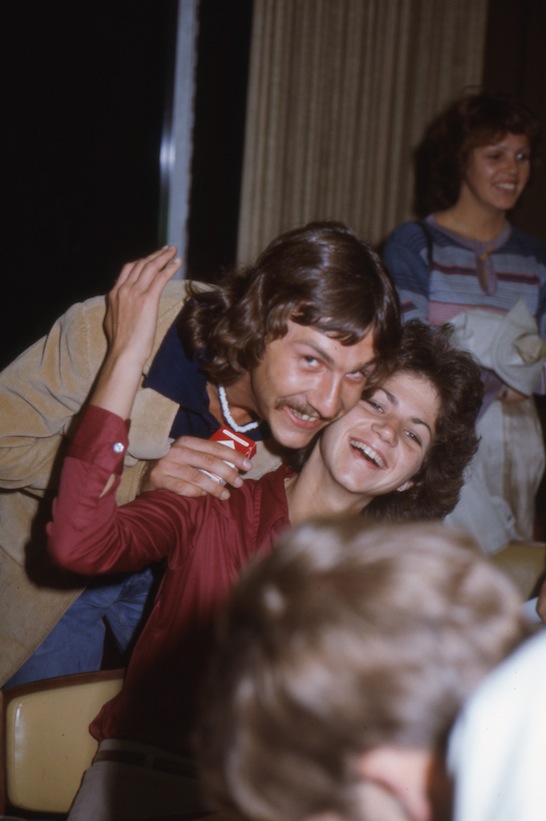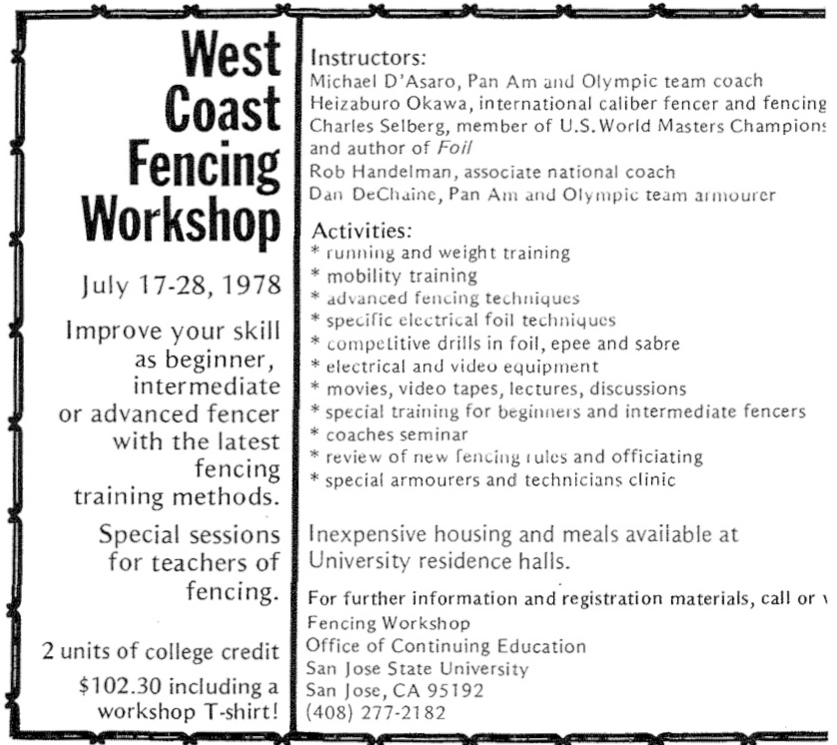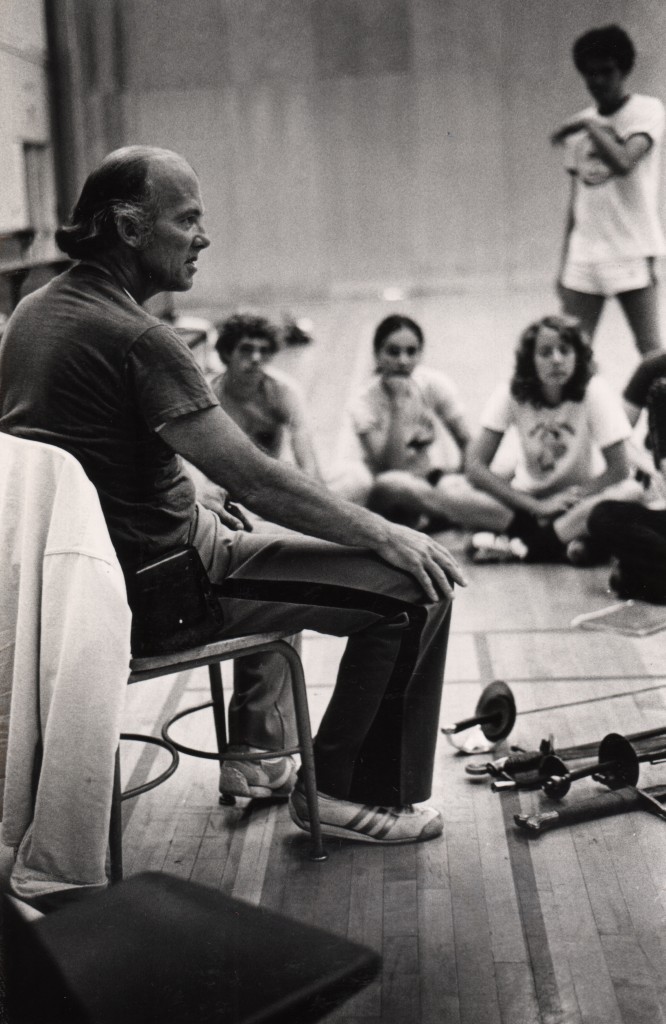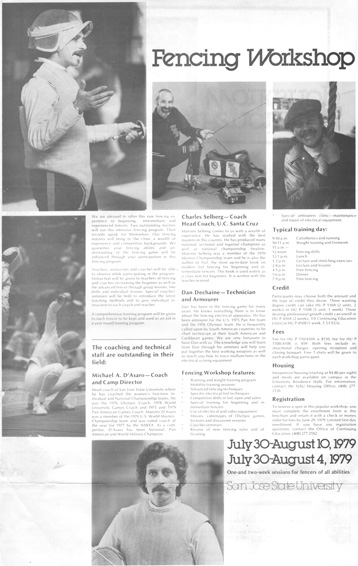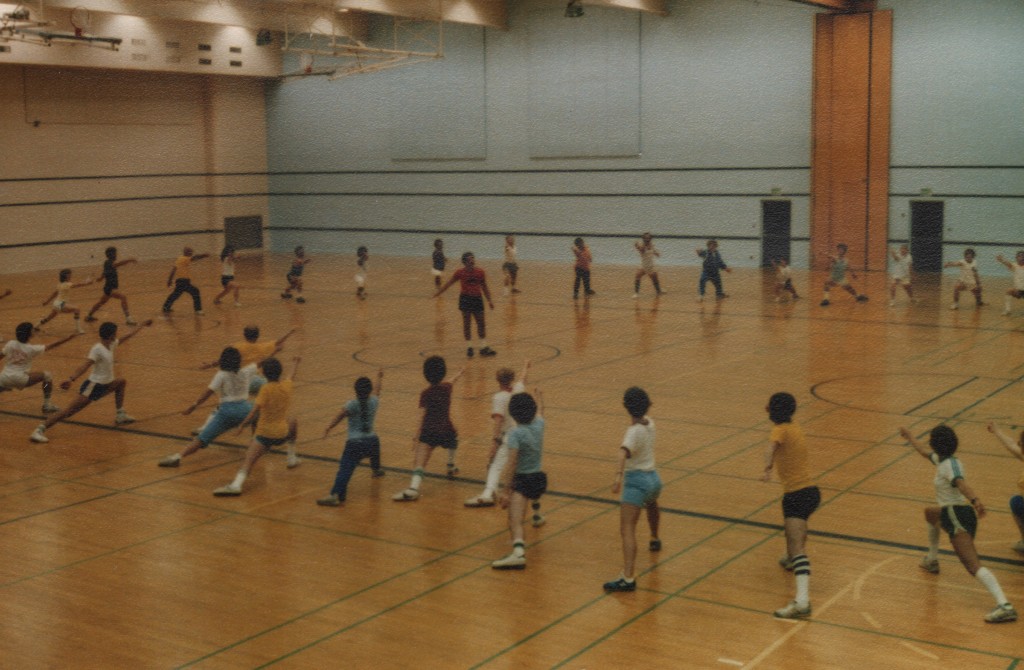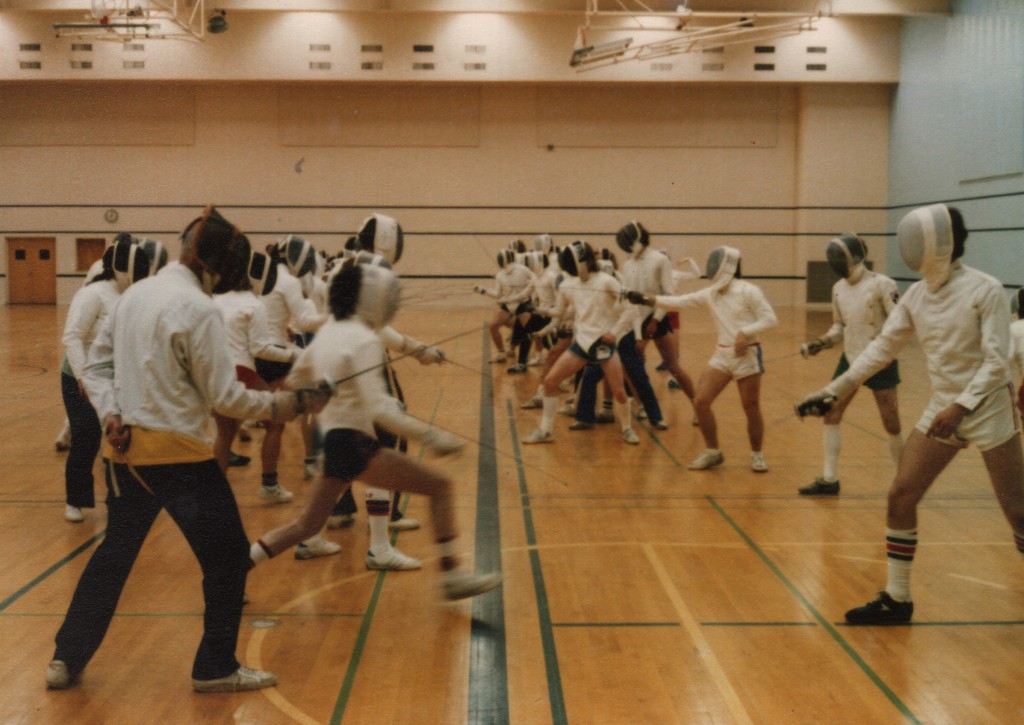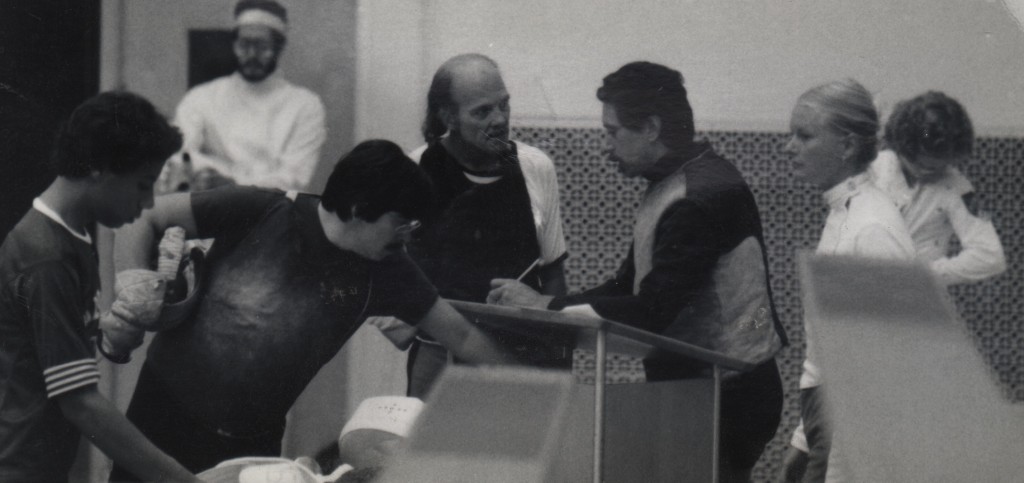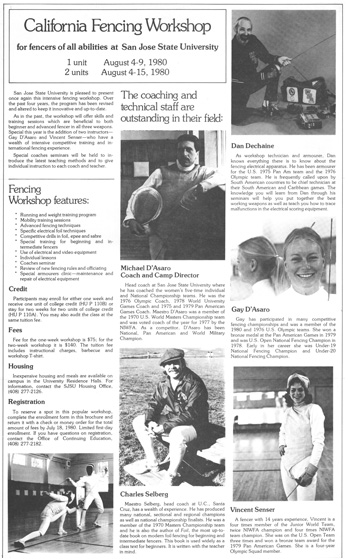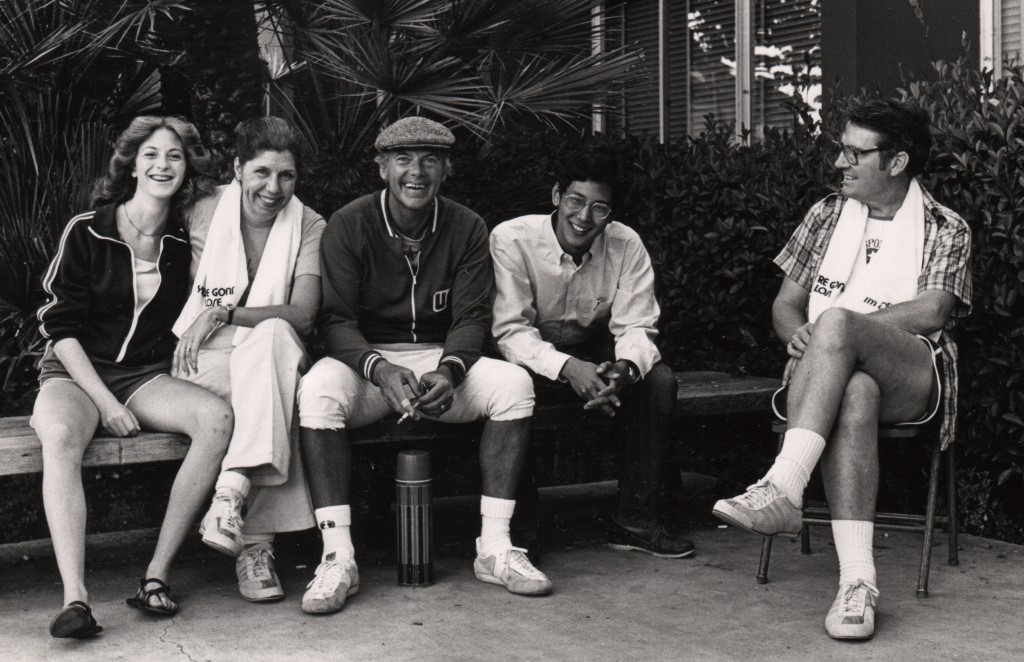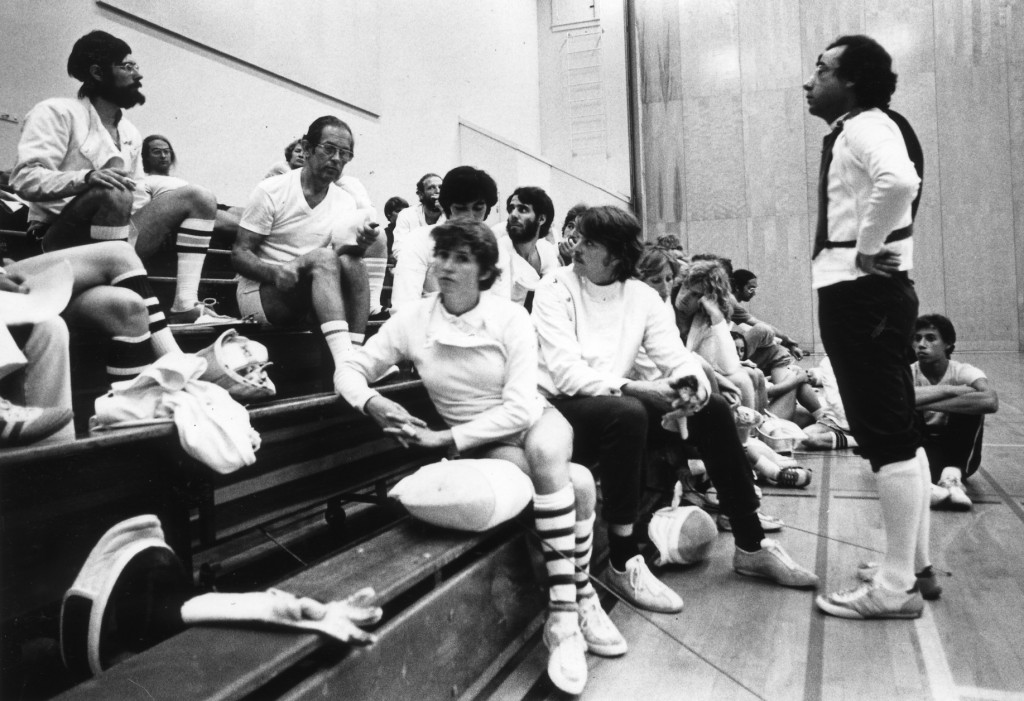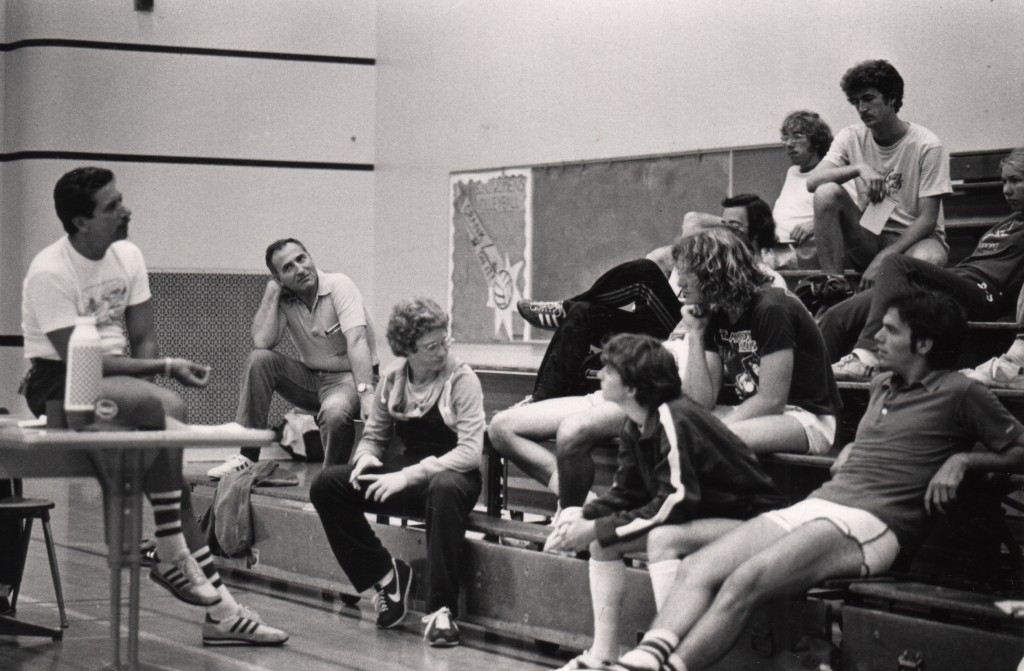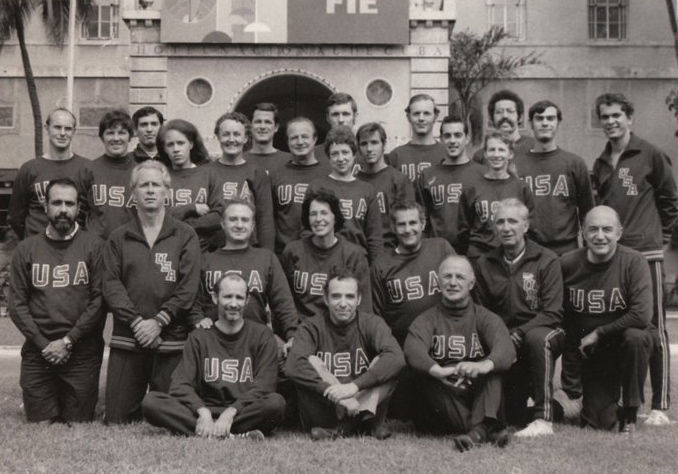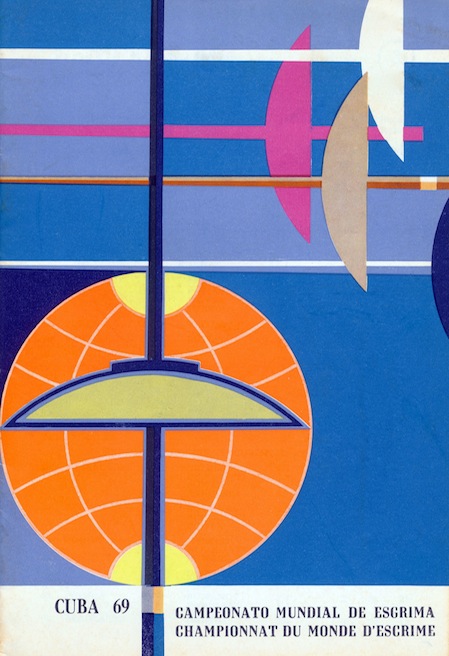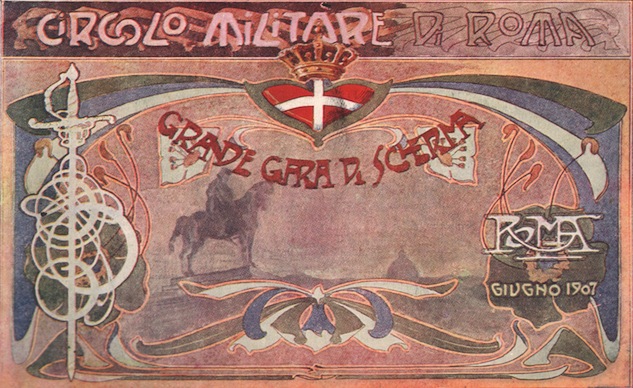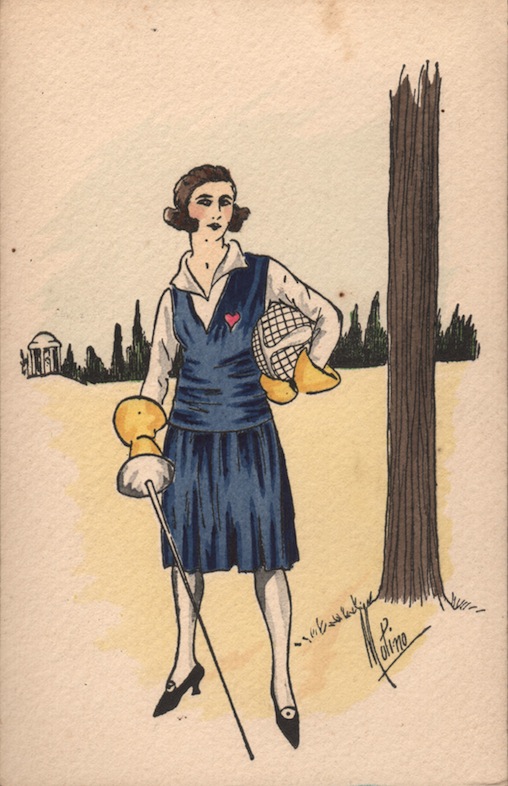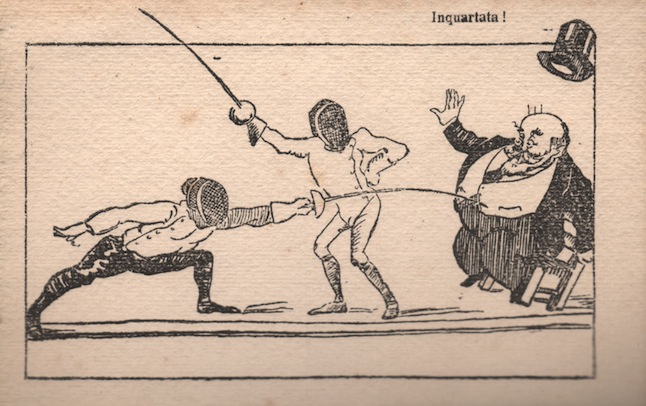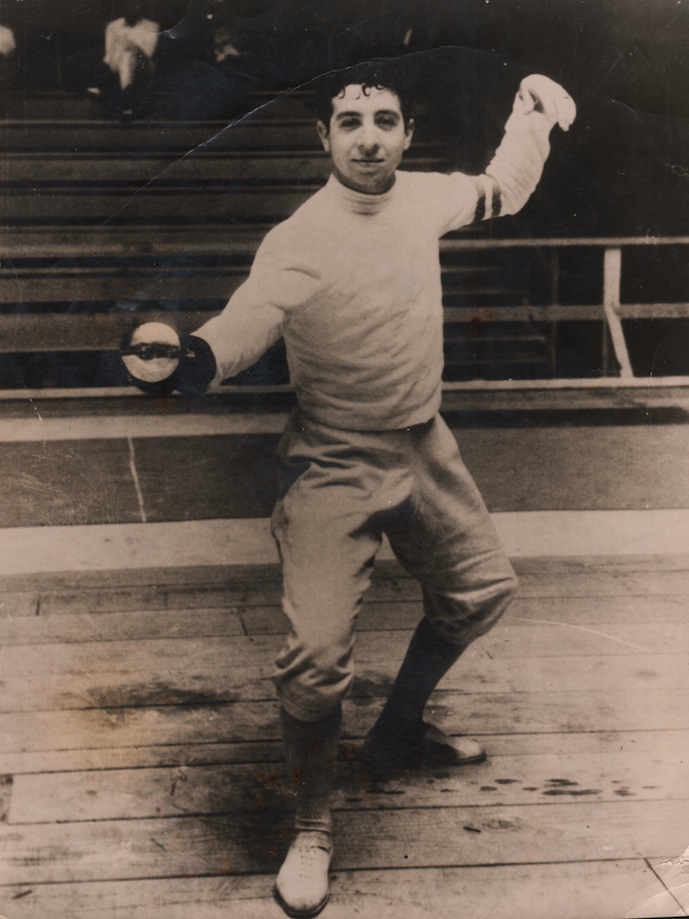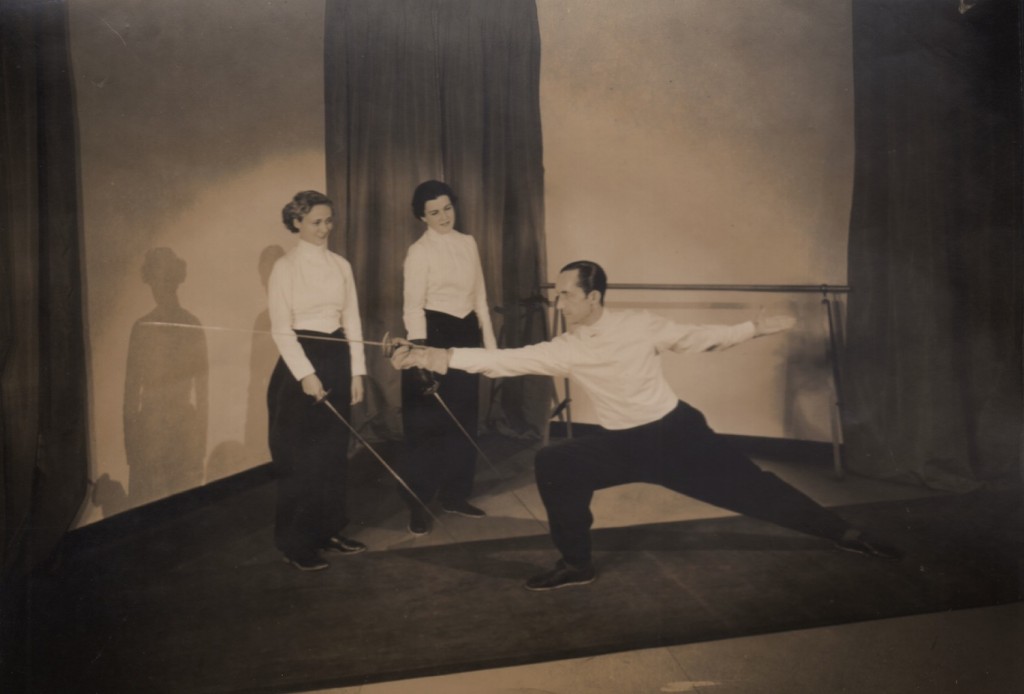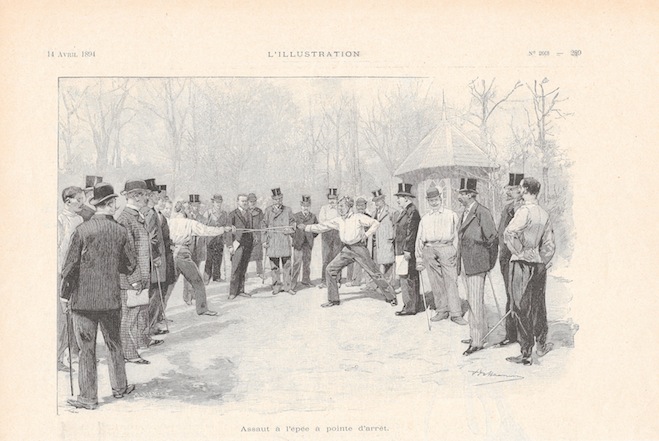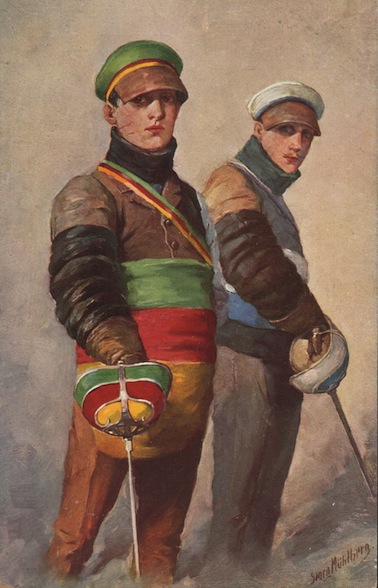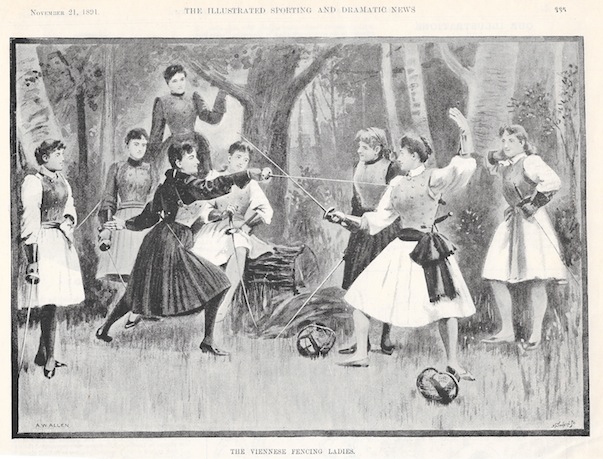Random Stuff
Trying out still more page formatsJust A Standard Page
Nunc et vestibulum velit. Suspendisse euismod eros vel urna bibendum gravida. Phasellus et metus nec dui ornare molestie. In consequat urna sed tincidunt euismod. Praesent non pharetra arcu, at tincidunt sapien. Nullam lobortis ultricies bibendum. Duis elit leo, porta vel nisl in, ullamcorper scelerisque velit. Fusce volutpat purus dolor, vel pulvinar dui porttitor sed. Phasellus ac odio eu quam varius elementum sit amet euismod justo. Sed sit amet blandit ipsum, et consectetur libero. Integer convallis at metus quis molestie. Morbi vitae odio ut ante molestie scelerisque. Aliquam erat volutpat. Vivamus dignissim fringilla semper. Aliquam imperdiet dui a purus pellentesque, non ornare ipsum blandit. Sed imperdiet elit in quam egestas lacinia nec sit amet dui. Cras malesuada tincidunt ante, in luctus tellus hendrerit at. Duis massa mauris, bibendum a mollis a, laoreet quis elit. Nulla pulvinar vestibulum est, in viverra nisi malesuada vel. Nam ut ipsum quis est faucibus mattis eu ut turpis. Lorem ipsum dolor sit amet, consectetur adipiscing elit. Maecenas nunc felis, venenatis in fringilla vel, tempus in turpis. Mauris aliquam dictum dolor at varius. Fusce sed vestibulum metus. Vestibulum dictum ultrices nulla sit amet fermentum.
Gifts and Acquisitions
Gifts and Acquisitions
It’s been a bit since our last update and I will say from the get-go here that we’ll have a pretty big announcement coming soon to this page, but not yet. Not yet.
In the interim, I thought it might be fun to share some recently passed-into-my-hands items from a few different sources.
Let’s begin with some interesting tid-bits hauled down from online bidding websites. Let’s go oldest to latest!
This little tyke – he’s only about 3.5” across and 5” high – is a 1911 Murad Tobacco collectible. I guess smoking was a big thing for the class of 1911’s fencers. Well, no. Actually, the Murad company issued a set of 10 sport silks for a variety of universities, Stanford being one of several. Each school’s set had the same figure for each of the ten chosen sports, so the Stanford fencer looks just like the Yale fencer looks just like the Johns Hopkins fencer, just with different color schemes in the surround. There are usually several on Ebay at any given time. You can search for your alma mater!
The back of this photo is dated 1923, and there’s the rub. In an earlier post that you can find here: http://westcoastfencingarchive.com/2015/02/23/uc-berkeley-1917/, I had a series of photos that were dated 1917 and taken at the University of California at Berkeley. The above is suspiciously similar. In fact, the ladies standing around in the background here are look-alikes for ladies standing around in the background of photos in the earlier post. (Why are they standing around? Shouldn’t they be lunging or something?) So, I’m pretty sure the photos were taken at the same time, but how to resolve the discrepancy in the dates? The above is a press photo, and it may be the date was stamped when the photo was used, and not when it was taken. It happens. I’ll often see the backs of press photos with several dates from different uses in print. Whenever it’s from, I like the above not only for the black split skirts, but also for the transitional figure-8 guard. It’s in between the classic French figure-8 and the bell guard, with a ring around the 8. I’ve only seen one or two similar guards over the years.
Edith Jane, wife of Ralph Faulkner, taught dance at the Falcon Studios where Ralph taught fencing. The above photo is from 1930. The photo titles her as “Miss Edith Jane”, but from what I’ve gathered, she and Ralph formed Falcon around 1929, and other sources reference her as his wife at that time. Do I know for sure? I do not. The photo goes on to list her as a former Pacific Coast champion. If I’m reading the back correctly, this was taken at the Mid-winter Invitational at the Ambassador Hotel in Los Angeles, February 22, 1930.
Edith Jane again, but this time with backup. This group is preparing for the Pacific Coast Championships of 1932, an Olympic Trial event to be held at the Los Angeles Athletic Club, April 15 thru 17, 1932. Left to right are: Betty Orb, Nanette Rittler, Edith Jane and Johana Orb. I’ve only ever heard of Edith before. The other three are new names to add to the list of ‘fencers I’ve never heard of.’
Alright, this one’s for you Pacific Nor’westers, particularly those in Portland and the surrounding region. The above lunging fencer is one John (Jon?) Gusick. From what I’ve been able to track down by going through my searchable .pdf versions of The Riposte and American Fencing magazines, Jon was a New York fencer who moved west. He seems to have competed a bit in the San Francisco area, then moved to Portland. This photo, dated August of 1940, says John was the new fencing instructor at the Multnomah Athletic Club. (Hence, Portland, as Multnomah is a suburb or district therein.) There are later references in online newspapers of him teaching in Phoenix and Prescott, Arizona, but not much in between. Anybody know about Mr. Gusick?
The above is both a hit and a miss. I was bidding on this photo and a book at the same time. The book was inscribed, like this photo, to Frank Saylor from Hans Halberstadt. I missed on that, but I did score this great portrait photo of Hans dated 1948. I don’t know who Frank Saylor was. A fencer, I must assume. At the time this was taken, Hans had been in the US for 8 years and had his own club for 6. In 1948 he was 63 years old.
“Our Man Flint” with James Coburn came out in 1966. I have a couple of interesting items in the Archive that relate. James was taught fencing for the film by Joseph Vince at his Joseph Vince Studio in Hollywood. (Actually, I think they were in Westwood, which is ‘Hollywood adjacent’, as they say. Hollywood sounds better, I reckon.) The studio that made the film, 20th Century Fox, bought the outfit from Vince as well. In the material the Archive acquired from Heizaburo Okawa were the purchase records and invoices for a number of Hollywood transactions, including the equipment and lessons invoices for one James Coburn, circa 1966. Also interesting is that the background of this photo, while not taken at the Vince Studio (I’m pretty sure) is dressed in a similar style, particularly in light of the wall-hung shield with mask. Vince had a several of these types of decorations hanging on the walls of his salle. Several now grace the inside of my garage, awaiting a more permanent storage situation.
That’s 1956 Olympian and two-time National Champion (epee ‘54, foil ‘56) Skip Shurtz sorting trophies while his daughter peeks her eyes over the top of the table. This was taken in 1968, and I don’t know if Skip was sorting through his old trophies or putting together an awards table for an upcoming event, but I’m intrigued by the different fencer trophy toppers in evidence here. The modern items that you can purchase as the top of a fencing trophy are, let’s be generous, not very good. Ok, let’s not be generous. They mostly look like they were sculpted by someone who’d never seen a fencer before. And they’re usually plastic. I’ve got some engraving being done right now at a local trophy shop and the guy doing it is ordering me the only metal fencer topper on the market, so I’m going to see what’s up with it. I’ve got this hairbrained notion that getting a quality fencing pose sculpted up at trophy scale, then molded and cast, couldn’t be that hard. Could it? Then the question would be, would anyone want them? Is there a market there? Do tournament organizers still even want to do trophies?
The Halberstadt Fencers Club in San Francisco for many years had a poster sized version of this photo of the 1976 West German Men’s Foil team on the wall. I fear it probably succumbed years ago to a profusion of whacks and tears from being too close to the side of the strip, but I’ve always liked this image. This is a French sports card, bigger than an American baseball card, with lots of info on the back in French. The strange thing is that I can’t figure out the logic for the order of the fencers names. They’ve put: Hein, Sens-Gorius, Reichert, Bach and Behr. If you’re going left to right, the first and last are correct, but it gets messy in the middle. Let’s do it this way, instead. Front L-R: Harald Hein (who passed away in 2008), Thomas Bach (current president of the International Olympic Committee), Matthias Behr. Back L-R: Erk Sens-Gorius, Klaus Reichert. There. That’s better.
All of the above are recent purchases for the Archive, but the below, the last of the day in the place of honor, was a digital gift from Edwin “Buzz” Hurst, former Stanford University fencing master.
The Stanford Fencing Squad, 1980. That’s long-time coach Jean Helliwell on the far left and Maestro Hurst is on the far right. In between are the members of the 1979/1980 Stanford team. How do I know? I was on the 1979/1980 San Jose State team and many of the above faces I can vividly picture more effectively if I imagine the mesh of a mask covering their faces. By this time, varsity fencing programs on the West Coast were becoming more and more rare. Most had become ‘club’ teams that may not even have been eligible for the NCAA’s, even though they were still fielding fencing teams and the school had other NCAA programs. Cal comes to mind, and SF State. I don’t remember Cal qualifying anyone to NCAA’s, but I may be mistaken. At any rate, during the year of the fencing team pictured above, Stanford and SJSU were breathing down one another’s necks to win the NorCal championships and Westerns. Ah, that’s another tale, I suspect. I need a beer to talk through that bit of history and there’s none in the house. Jean Helliwell coached at Stanford from 1964 until her retirement in 1982. She passed away in 2001. Like every other Stanford fencing coach before her, Jean was home-grown – a Stanford fencer who became the coach – until Buzz Hurst joined the staff. I think this, 79/80, was his first season. Maybe second. Maestro Hurst now resides down in San Diego and teaches at Cabrillo Academy of the Sword and he is an excellent storyteller. I need to get down that way and find a beer for the two of us. Thanks for the above memory, Buzz!
Adventure Traveling in Louisiana
I’m just back from my second ever visit to Andy Shaw’s fabulous Museum of American Fencing in Shreveport, Louisiana.
What’s that? Never been to Shreveport? Well, it IS out of the way for most folks. It’s not a big town, but there are still some sights to see. And for fencers interested in things historical? Well, you should plan a visit. Andy has amassed a rather astounding collection of material.
I was able to combine my visit to Andy with a trip to New Orleans for the 2016 New Orleans Jazz & Heritage Festival, an event that I’ve attended off and on for almost 20 years. The collection of friends that annually (usually) gather in the Crescent City and stumble around the French Quarter are people I absolutely treasure. I was even able to spend some time catching up with my former boss from my years at Disney, and Mary is one of my favorite people ever. Also, funny story, my delayed arrival due to weather in between destinations put me on the ground at 3:30am Friday morning. When I got out of the airport to the taxi stand, there was an argument going on with one taxi and the other already had a big group and I assumed it was full. The driver of the second cab came around and said he could take one more downtown and I jumped forward. Putting my bags in the back, I opened up the side door. Sitting in the passenger seat right before me was a woman I’d worked with on Finding Nemo at Pixar. I said, “Pam?” and she responded with, “Doug?” and we got a chance to catch up on the ten intervening years during the ride down to the French Quarter. All in, I had a very fun excursion during my shortened visit to Jazz Fest. Two exceptional dinners surrounded by wonderful people certainly didn’t do me any harm.
However, this year I needed to visit with Andy for a couple of hot button topics, so Jazz Fest had to be left behind and Shreveport lay ahead.
Since I am in some measure a travel-on-the-cheap excursionist, I wasn’t willing to pay for a flight from New Orleans to Shreveport – partly due to cost and partly due to the travel times being about the same (on paper), as all flights to Shreveport seem to route through Houston. Four hours of flight time + airport time = I’m renting a car and driving the 4.5-ish hours.
Two flash floods near Baton Rouge, a drive through a foot of water in the flooded town of Atchafalaya to get a terrible cup of McDonald’s coffee (I was desperate), closed freeways, passing by cars floating in fields, and 6 hours later, I finally made it to Shreveport. The only thing missing were alligators confusing the freeway for their home swamp. Fortunately, I was able to end the day sitting on the upstairs balcony of a lovely b&b not 5 minutes from Andy’s museum. A glass of red wine and a view of the lights in the magnolia tree out front. Not bad.
This was all on Sunday just passed. Apparently it rained all day at Jazz Fest too, but the musicians kept playing and the crowd kept dancing – and eating, which is the other main attraction of Jazz Fest. That made Sunday a better Jazz Fest day than Saturday, when they had to shut down at around 4pm due to rain and a lighting storm that passed right over the festival grounds and threatened to turn some soggy revelers into electrical conduits. So, no Stevie Wonder for Jazz Festers. He was scheduled to wrap up the event on Saturday.
Andy has made some changes to his museum displays since my last visit. One of his fencers has done some museum work and advised Andy on some new ways to think about how to group and show off pieces, while providing information pamphlets next to collections. Andy has all the information in his head – you can ask him about anything and he’ll tell you the story. It’s good to start getting some of that information out of his head and into a form for anyone to consume when he’s not handy. It’s looking great and he has, of course, added to the collection since I was last there.
With the help of the parent of a student/fencer, Andy was able to have the big stand-up display board made that is seen above and in the first photo – the selfie. He first had it on display earlier this year when he attended the Junior Olympics, and he will have it at Summer Nationals in Houston. When you’re there, it will be an easy-to-spot landmark for where Andy will be with all the museum material he’ll have to show. He may not have as much as usual, unfortunately. He’s driving down, so it may just be what he can fit in a van.
He has more than a van’s worth of material. No question about that.
My trip back to New Orleans was looking like it would be a repeat of my Sunday trip, which I was not thrilled about repeating. I even looked into flying to Houston, where I could have picked up the second leg of my originally booked flight back to Oakland. (See above regarding how much of a cheapskate I can be.) In the end, after much time spent looking at animated radar maps, I decided I’d just make the drive back.
The morning started out before breakfast with an unleashing of the storm hounds over Shreveport. Lightning, thunder and the kind of rain you never really see in ‘sunny’ California. However, by the time I’d finished my very tasty grits, local sausages and other breakfast delights, the b&b where I was staying had the lights back on and the rain had tapered off. I spent a little more time with Andy and then hit the road.
I had some rain for the early part of the trip and a few later sprinkles but the worst had passed on, making the drive back to New Orleans a much more pleasant excursion. Got to take a couple of back roads, too. That gave me a chance to see some Louisiana sights I’d never seen before. Lots of small side-of-the-road restaurants and ‘fresh crawfish’ signs, none of which I was able to take advantage of, dang it all. But a view into a world I’d seen only in documentary films. Some of it might seem cliché or a put-on, but the very obvious reality of these people making a living on the edge of a swamp with just a small boat and outboard motor was right there on display. I saw crawfish pots, crab pots, old tires and single-wides and you could make your guess as to the quality of the people inside by the care they took of the outside. Whether the guess would be accurate or not? You’d have to live it to learn it. It’s all there for the world to see and make presumptions about, but it’s an unknown world and way of living for the vast majority of us outsiders. The outside world doesn’t much come knocking on these doors. I reckon ‘stranger’ can have a real different meaning in such a place. I’ve got backwoods relations in Tennessee, so I know that unstinting hospitality can be just a handshake away. But it’d be best to knock at the right house.
A lot to see and a lot to think about. But, sadly, no alligators.
Even More Fencing Comics!
Computer analysts do data mining to look for patterns so that they can extract information from databases. I do data mining in the Halberstadt Scrapbooks to look for funny cartoons. There are fewer patterns, unless you count humor-response. As an example: Read comic. Giggle, either silently or out loud, depending on perceptible level of funny. Repeat.
I’ve written in the past that I have to assume that Hans must have subscribed to a lot of newspapers. Either that or his students made certain that no cartoon with a hint of fencing reference ever escaped Hans’ notice. He dutifully collected them in his scrapbooks. After an interlude in the 1980s where the original books came to pieces from water damage and everything had to be re-mounted in new books, the scrapbooks eventually made their way, page by historic page, across my scanner and into my computer. Hence, I can data-mine for cartoons!
Some of these have dates or publication information on them, many do not. The above is from 1963, as are the next three:
I named this one “Bonk!” when I saved it. It is, I am quite certain, an accurate depiction of what would result if my wife (who does not fence) and I were to ever to face each other in a match. I know who I would describe as the ‘winner’ here and it would have nothing to do with what you might read in the rule book.
I love that last one above. I sent this to my own coach when I saw it for the first time. I didn’t mean it. Really, I didn’t. Just a bit of humor, coach.
This one is from a couple years later. A subtle reference to death from a swordfight, but the one below is very direct:
Pretty casual for a murderess.
And finally, for those in the medical field:
I believe that is an anatomically correct depiction of the interior structure of a fencer.
And that’s why I’m not a doctor.
Beware the Woman with Foils
So says, more or less, this article from a San Francisco area newspaper, dated November of 1934:
The woman to beware of is, as mentioned, the great Helene Mayer. To say that her competitive record is impressive is an understatement. Olympic Gold Medal at the age of 17 in 1928. Silver in 1936. Three-time World Champion. Nine-time US National Champion. She never lost a bout in a US competition.
There has long been a local legend of Helene Mayer getting banned from competition against her male foilist counterparts. I had believed it to be one of those ephemeral tales told of fencers and fencing from long ago, with little or no basis in fact.
Hah!
Little did I know of the unbridled fear of the female foilist that lurked in the hearts of male fencers from the 1930’s. Read on!
The above, from November of 1934, confirms Helene’s participation in an event as the “only woman” to fence at a UC Berkeley competition. Below is an excerpt from an editorial piece dated December of the same year about fencing in general, and about Helene specifically.
If you wonder what the “Patri games” are, I can fill you in, as I just ran across an outline of the rules for this mid-30’s local-to-SF fencing team challenge. The short description is this: teams of 3 or 5 plus Captain, regular fencing begins until 1st touch. At this point, a 2nd member of the touched fencer’s team takes over at that ground. Once one team has scored 3 hits, the fencer last touched is “captured”. Capture all the other teams’ fencers and you win! There’s more to it than that – there is a long sheet, single-spaced, of rules. That you can jump in to take over for a threatened teammate during an action (and some other wackinesses) fully exemplify the San Francisco roots of the game.
In reviewing the articles that I have come across referencing Helene’s participation in both women’s and men’s events, the dates of the articles indicate that she was participating in local and regional competitions for almost a year, albeit there were very few events to participate in. Here’s another notice from January of 1935:
Fortunately, the newspapers of the time did not shy away from the results of these encounters, as seen below in an article dating from January 25, 1935:
Here is a longer article, discussing – I believe – the same victory. This one is dated February 1st.
“Bow down”. I bet.
Interestingly, the above states that this tourney is the “first time in the history of the United States that a woman has entered” an Open competition against male opponents. Without my running across a schedule of events for the Northern California division for 1934-1935, it’s hard to know exactly what her opportunities for tournaments actually were. I mean, sure, like I’d have THAT in my collection. As if. Riiiight.
As it happens, I only have the schedule beginning in January of 1935. So, alas, I do not know what was in the offing for the end of the year, 1934.
One of the intriguing bits is the part referring to the difference in target area between the men and women being somehow significant in the defeat of the men. (At this point in time, the foil target area for the women was from the waist up, sort of like the sabre target, but not including arms or mask.) Sadly, the men were, according to this article, reluctant to attack poor, defenseless Helene Mayer, winner of the Olympic Gold Medal, for fear of perhaps striking her with a resounding THUNK! In defense of the writer (and, one presumes, the male competitors,) it is stated that the difference in target had little practical impact due to Helene’s clear superiority, and the reluctance to attack on the part of the men was likely due more to not finding an opening in Miss Mayer’s defense in which to make any such offensive attempt.
Based on the schedule I have from 1935, it does not appear that there was another Open Men’s event for her to participate in prior to the Pacific Coast Championships, held in the first week of April. There was a qualifying event for the women:
Thirty-Five women entered, and Helene is hit exactly twice. All day. That’s qualifies as a ‘trounce’, I would say.
It would seem that was enough to qualify her. But only for the Women’s event. Someone, and I’m going to go out on a limb here and say that it was one (or more) of the men running the Nor Cal division, took it upon themselves to appeal to the arbiters of all things fencing – in New York City – for a ruling on whether or not to allow Miss Mayer to compete in the Men’s events at the PCC’s.
Can you guess what their response was?
“The Men Won’t Let Her Play”
Because they’re, you know, afraid of hurting her. All five foot ten of her. I particularly like that some of the men want her IN the competition to dis-prove the notion that she’s better than they are. Good for them. Prove it on the strip, says I. The line that really sticks out is that her inclusion would be “degrading to the sport”. Praise to the local males, as the article goes on to mention the fencers wished they’d been given a better excuse to keep her out. What passes for their own reasoning is hardly more believable however, for all that it isn’t as stark. Fear of hurting her, target area… blah, blah, blah. I’ve got no sympathy. Freakin’ gold medalist. Take your best shot!
Whether Helene did or did not care, it’s certainly true that tournaments only relatively recently became integrated on a regular basis at the local and regional level. So the ruling from NYC is not terribly surprising. Men and Women continue to compete in separate events at the National and International level in just about every sport I can think of. For myself, I would just like to know the reality of how Helene would have faired against the menfolk at these PCCs. The earlier noted victory against Ferard Leicester is somewhat telling, in that he was a past PCC foil champ. He was able to score 3 touches against Helene in their match. So perhaps the bouts may have been fairly evenly matched. We’ll never know. Alas, Edith Jane, defending Women’s 1934 PCC Champion, fared not so well:
Below is a description of how the event went. Helene was hit more than twice this time.
…but not a lot more. A +30 indicator in a pool of 8? That’s not so bad. However, in the hope, one assumes, of making history that much more difficult to parse for later generations (I mean me, of course), here is a clipping from a different write-up about the same competition:
What? Sabre championships? What the what? Not foil? Ok, it actually IS foil, since at this point in time women were barred from competing – locally and otherwise – in both sabre and epee. (See above about not wanting to hurt the girls.) Not long after this victory, Helene once again defeated all comers in the US Nationals in New York, taking just 8 touches in the final of 6 fencers.
After the 1936 Olympics, Helene returned to her teaching position at Mills College in Oakland.
The good news is that the local press hadn’t forgotten the seeming slight of excluding the powerful champion, even two years later. The above article dates from 1937, and while there is some incorrect information about the number of Olympic wins she collected (won 1928, runner-up 1936, 5th 1932) they do sneak in a reference to her being barred from the 1935 PCCs. All that, plus allowing her statuesque self to be a ‘manikin for a day’ for fashion and tea! What could be better?
Equality in sports has always been an intriguing topic for me. I trained during college in a program that featured some of the strongest women fencers in the nation. I learned first hand that you carried on with the notion of women fencers being unsuited for aggressive ‘male’ fencing actions at your own risk. Fortunately, due to experiences in my very first fencing class, it wasn’t a notion I had ever considered. I took enough lumps from the women I learned side by side with. They weren’t about to shy away from skewering me through the liver, nor did they invite any part of the notion that I ought to ‘go easy’ on them. The very suggestion of the idea would have made of me a laughingstock – or a target subject to annihilation. So thankfully, due to my early training, it never occurred to me to go easy.
All that to say, I truly wish there were more documented examples of Helene Mayer competing against the men of her time. The whole notion seems to have been shut down before she could be faced with some of the stronger competitors in the region. How would she have fared against Ralph Faulkner in foil, who won so many LA local competitions and was twice chosen for Olympic teams in sabre? Or Duris de Jong, then of the LAAC, two-time Olympian from Holland? Even better, my fantasy match-up, would be Helene against 1932 Olympic Silver Medalist Joe Levis, the great American foilist. Two terrific fencers in their prime. Prior to the electric scoring machine, men and women, based on what I’ve seen of the very little filmed reference available, appear to have a very similar game*. I’ll have to live with wondering what the outcome may have been from such a match.
Apocryphal story level unlocked!
*Except for Giulio Gaudini, the 6’7” Italian foil and sabre behemoth. I think he’d have been a monster in the modern game.
Hall of Famer: Erich Funke d’Egnuff
San Francisco State University was founded as the “San Francisco State Normal School”. Take that, all you who believe the City By The Bay to be populated by nothing but the socially irregular! SF State has been graduating the scholarly since 1901 and has a proud tradition in all sorts of venues, including athletics. The Athletic Department, in point of fact, has their own Hall of Fame which contains among its storied members exactly one fencer: Maestro Eric Alwin Funke d’Egnuff.
Regular readers will be familiar with the many tales told herein of Charles Selberg, himself a graduate of SF State (BA ’57, MA ’60). Selberg had his fencing beginnings at SF State under the tutelage of Erich Funke.
Erich Funke d’Egnuff portrait, autographed to Charles Selberg
But Funke’s history in the Bay Area dates back to 1933. Prior to that, he had been in New York for a period of time, but made the move West to continue his practice. He was born in Germany in 1900, and served in an all-Prussian unit (he was the only Saxon) during WW1. After the war, he immigrated to the US, settled in New York, and took up fencing. He trained as a teacher, following the Italian traditions. He trained at the New York Turnverein and was an assistant instructor at the Greco Fencing Academy. (The Greco who ran this club is a bit of a mystery to me. According to what I’ve heard, he was of no relation to the famous Greco family who still run the Accademia Greco in Rome. After New York, this Greco, Anthony, moved west and settling in Sunland, CA for a time, teaching fencing and selling equipment. More information needed.)
In a letter to Arthur Lane dated 1955, Funke spells out his Bay Area teaching history and, like many another fencing instructor, traveled all over the area.
Funke’s letter, detailing his history, written at the request of Arthur Lane, Fencing Historian.
Above, he states that he began teaching in 1934 at Burke’s Gymnasium in San Francisco, as well as in San Mateo and Berkeley. He also taught at the Olympic Club for 5 years from 1937 to 1942, opened his own salle in San Francisco in 1939, and started teaching at SF State in 1949.
Funke fencing without the distraction of a mask against 1928 Olympic Champion Helene Mayer. Inscribed by Funke, “Never give up” and by Mayer, “With best wishes!” The photo is dated by Mayer, February, 1935.
Funke was married to another fencer, his wife Gerde.
This photo of Gerde Funke is dated 1934, around the time she finished with a bronze medal at the Pacific Coast Championships.
I owe a huge debt of gratitude to Gerard Esponda and the late, well-beloved, Dr. William O’Brien of the Letterman Fencers Club. Gerard was kind enough to lend me some ephemera related to O’Brien’s long, long, very long career in fencing. Several of the items herein are from O’Brien’s stash of fencing memorabilia. One of the things O’Brien was excellent at was keeping news articles. (Hans Halberstadt was another famous clipper of news, but O’Brien’s collection of local news begins prior to Hans’ coming to America. Han’s scrapbooks really pick up around 1949. If you’re ever at Halberstadt’s, check them out! Ask first, I imagine…). Erich Funke had a pretty good knack for getting into the paper, so there are some interesting articles.
“They’re quite deft with foils.” At least it’s not a pun. No date on this article, unfortunately. I’m going to guess late 1930s, as dresses for lady foilists – even deft ones – went out of fashion soon thereafter.
One of the most interesting facts about Funke, and I can only make this statement by assumption from my reading of the events as I understand them, is that he seemed to have been a most generous, gracious gentleman, in the very best sense. When Hans Halberstadt landed in San Francisco without a job and no more than a couple of nickels to rub together, Funke offered up space in his salle for Hans to begin his local teaching career. The years of Funke’s reign as Fencing Master at San Francisco’s Olympic Club is also somewhat telling. Funke taught there until 1942 and Hans took over at the OC at that time. Since I know they continued to have (presumably cordial) relations after that point, it would seem likely that Funke ceded that job to Hans.
At the Funke Fencing Academy, 1940. An intriguing photo. I don’t know the identity of the fencer on the far left, unfortunately. However, the next four gentlemen are all fencing masters: Hans Halberstadt, Hugo Castello, Edward Visconti and Erich Funke d’Egnuff. What was Castello doing there? Vacationing in San Francisco?
1940 or 1941, again at FFA with Hans on the far left and Erich on the far right.
Portrait of Funke, inscribed to Hans Halberstadt. The inscription reads, “To Hans Halberstadt at the beginning of a new career. Funke d’Egnuff, M.S., June 1940.”
Another point to prove my perception of Funke (to me, at least) happened several years later. In 1957, Funke sponsored a meet and greet at his club to welcome George Piller to San Francisco. And again, as he had with Halberstadt, he offered up space to Piller to begin teaching until the newly-minted Pannonia Athletic Club found a location for Piller’s own club.
The reception invitation to meet Piller in 1957. 1725 Washington was the long-time home of the Funke Fencing Academy.
Funke’s salle often had events, and when they did they broke out the Guestbook and had people sign. For the Piller reception, I count 95 signed attendees. Here is the greeting header for the event from Funke:
It reads, “Greetings Maestro George Piller and lots of luck here in San Francisco and 25 years of teaching to Maestro E. A. Funke d’Egnuff. Sunday, April 28, 1957.”
It’s cool to know who was attending fencing parties fifty-nine years ago this month. Included in the 95 signatures for this event are the three fencers who made up Piller’s first US Nationals-winning sabre team: Daniel Magay, George Domolky and Thomas Orley. We also find Piller’s signature in his own hand:
In attendance were most of the local San Francisco leading fencing lights, including Dr. O’Brien, Demi Huddleson, Hans Halberstadt, Jack Baker, Charles Selberg and John McDougall.
In the early 1960’s, Funke began writing articles for inclusion in American Fencing Magazine. Here’s my favorite:
The above dates from the May, 1962 edition of AmFen. It seems to pretty clearly state where Funke stood on the changes in foil fencing since the inception of the electric scoring machine.
Erich Alwin Funke d’Egnuff passed away in March of 1965, having had a series of heart attacks that eventually took him down. Here is his obituary as published in American Fencing Magazine:
His portrait, hanging today on the walls at San Francisco State University in that institution’s Athletics Hall of Fame display.
Pulling together the above information on Funke has been a fun project that I’d had in mind for some time. Recently, a reason to focus my attention on it presented itself. Over two years ago, through Facebook Messaging, I sent a note to someone who had a picture of Erich Funke d’Egnuff on his page. This past week I received a reply to my query! I’m currently in the process of collecting all my material related to this long-time Bay Area fencing master, so that I may pass it along to his grandson. Fencers tend to collect different things than families, so I’m hoping to send some material that the relations of Erich Funke d’Egnuff may well have never seen – or at least, not for a long time.
It’s just the sort of job I most like!
The San Jose Summer Workshops
Ah, San Jose, California in the summer. In the late 70’s, that meant two things: heat and smog. However, for a few years it also meant fencing at the University!
Sometime prior to the summer of 1977, Michael D’Asaro and Charles Selberg devised a plan to create a summer workshop for fencers. Both were instructors at Universities, San Jose State and UC Santa Cruz, respectively, but San Jose was closer to an airport of decent size and I suspect that’s why they settled on the Home of the Spartans over the Land o’ Banana Slugs as a location for a summer fencing workshop. Landing at the Scotts Valley Airport was only for the smallest of twin-engine planes and dicey in the best of conditions. It’s closed now. The San Jose airport is International now. Much easier.
The handbill advertising the first Summer Workshop, June of 1977.
The first year had a stellar crew. Besides Michael & Charlie, they had Heizaburo Okawa, the ever-popular Dan DeChaine, and 1975 Pan Am Champion Martin Lang (who won Men’s Foil Nationals in ’78). Those were just the attendees who made the pamphlet. In perusing the Charles Selberg Scrapbooks, I’ve spotted a number of photos related to these various camps – they went on through 1980. (Full disclosure: I attended the 1978 and 1979 versions. Evidence to follow.) For the 1977 camp, there are some fairly innocuous party photos that I hope no one will take objection to me sharing here. I guess I’ll find out.
Charlie Selberg, Michael D’Asaro and Heizaburo Okawa, all dressed in party finery!
Stacey Johnson and Hope Konecny, also in party finery, flanking Heizaburo.
Hey, it was a party, ok? That’s Australian Olympian Greg Benko on the left.
The most oft-told story I’ve heard about this workshop, and maybe someone who was there can chime in and add some factual content to the tale, was that on the final day, there was a fence off between some of the best fencers. Or maybe it was a round robin pool. Or a challenge match. I don’t know. I’ve heard all three versions. But the commonality between the tellings is that the last bout was between Heizaburo Okawa and Greg Benko. A little background. Greg Benko, an Australian Olympian, made the finals at the 1976 Olympics, placing 6th. He would have been about 25 years old. Okawa had retired from competition in 1968 and was 38. The way I’ve heard the story, Benko expected that he’d have to be nice to the old guy, quickly learned different and tried to adjust. Allegedly, Okawa took him apart. That’s the way I heard it.
The 1978 version of an ad, run in American Fencing magazine. I cribbed the image from a scan done by others, so I apologize for the lopped off text on the right side.
The first workshop was successful enough to warrant another in 1978. Interestingly, the dates for the two-week workshop were moved to later in the summer, compared to the first go-round. I believe this was done so that the event would be less of a ‘let’s get ready for Nationals!’ excursion and more of a ‘let’s learn all about fencing!’ event.
Charlie giving his interesting and effective lecture on the “History of the Sword”, which usually included an opportunity for some lucky adventurer to stand at the receiving end of a very sharp dueling sword. The lucky one was promised riches untold during a right-of-way discussion if they would choose to ignore self-preservation and launch themselves onto the point.
Michael takes the floor to discuss footwork.
It’s funny how the memory works. I’d always had it in mind that I had attended two of these workshops, but it took OJ Simpson to revive the details. My lasting memory of this camp in 1978 (sorry ‘Stro, sorry Charlie,) was that we were sharing the San Jose State dormitory with not just the other fencers, but also with the San Francisco 49er’s. They were in training camp. I mention OJ because 1978 was his first of two seasons with the Niners, and we saw him daily, going in and out of the dorm or dining hall. Whatever horrors he perpetrated later, OJ playing for the 49er’s in 1978 was big news at the time. (Simpson grew up in San Francisco’s Potrero Hill neighborhood and was well known in local lore as a street thug. Behind the TV persona, there must have always been the temptation to revert to type. Temptation realized.) What helped me remember that I attended this particular year is tracking down a link listing 1978 as the last year the Niners had their training camp at SJSU. I love the internet. So, I was there. I fenced. Others fenced. That’s all I remember.
Year three.
I have fond (and more powerful) memories of this two-week excursion. It was a terrific group of people and we worked very hard. I had also made the decision to attend San Jose State the following year so that I could train with D’Asaro and the San Jose crew. I was a local product, transferring in from Cabrillo Community College in Aptos, where I’d been coached by Len Carnighan, who Michael knew well. Michael watched me pretty close during the two weeks, just as he watched another incoming transfer, Clay Fingerman. Clay was a New Orleans sabre fencer coached by Eugene Hamori. As soon-to-be-Spartans, we pushed each other daily to improve our games.
A circular footwork drill around Michael D’Asaro.
I’m visible in this shot, but I’ll leave it to you to guess which pair of legs revealed by those then-stylish shorty gym shorts belonged to me.
The five across the front of this photo, where Mike & Charlie are plotting the next tortuous drill are: Michael Jr. (who was still in high school) Len, Charlie, Mike & Gay. I can’t remember the names of the two fencers in back, but I recognize their faces, as I fenced with them for 2 weeks.
The last day of the camp is one that I can’t ever forget. Michael and Charlie announced as the day began that we’d be fencing all day, and the two of them would work to make sure all the participants got at least one individual lesson. I ended up getting two, one from each of them, and the experiences couldn’t have been more disparate. Did they plan it? I don’t think so; it was just how each worked. My first lesson was with Charlie. What a positive experience! I couldn’t do anything wrong! He was all compliments and praise, so excited by the expertise shown by a mere two-year fencer. How could I possibly be so good? I was a miracle of biblical proportions! Hooray! Thank you, Maestro!
Not 5 minutes after completing the lesson with Charlie, I hear Michael from across the room. “Doug! You’re up!” he shouted.
I did infer the experiences were different, didn’t I? Well, good. Because I thought Michael was going to kill me. At one point I thought he might start beating me over the head with his mask. As opposed to my lesson with Charlie where I could do no wrong, with Michael, I could do nothing right. I moved around too much. My disengages were too big. “Keep your hand here. Not here. Here. Stand still. Now, move! What was that? That was shit! “ I’ve never been initiated into a street gang, but I think I know what it must be like. Now, Michael knew I was coming to San Jose that fall, so I think he just wanted to find out what I was made of. I think he discovered that I was made out of jello. Or pudding. Something melty with no ability. His berating got louder. And louder. By the end, I was relatively useless. When we finally finished, we took off masks and saluted. I must have looked like I’d seen a ghost. I was either pale and fainting or red-faced with shock and embarrassment. Whichever it was, Michael laughed, gave me a one armed hug around my shoulders and said, “Awright! Good work!”
I left the room, found a quiet corner and completely broke down, certain I’d never be worth anything as a fencer.
Now, you may be thinking that this was a terrible way to treat me. And it was. I certainly never forgot that lesson. But it helps me put certain things about Michael into perspective regarding his own growth as a coach. At this time of his career, he was certainly tough on his fencers, physically and mentally. He could ride you like you hear about on ESPN when they talk about tough coaches. There was an interesting incident at San Jose when I was in school there. The Men’s Basketball team was essentially feuding with the coach, as he was a hard-nose, tough, verbally abusive personality. One afternoon, a few of us fencers went down to watch basketball practice, to see what all the fuss was about. It was a tough session, and there was certainly some yelling. But comparatively? Michael was way tougher, and he held a sword in his hand that he wasn’t afraid to use to get an idea across. He wasn’t a brute, but he was tough, had exceptionally high standards and we often didn’t come up to scratch. And he would let us know.
Now, fast forward to the early 90’s. Michael had moved to Los Angeles and was teaching at the Westside Fencing Center. I was working down in Hollywood and picked up with lessons with Michael off and on from 1991 until he stopped teaching around 1999, just prior to his passing. And there, I discovered a very, very different Michael. No longer the yelling, the force, the put-downs. No “Mama-Mia!” exclamations. The LA Michael was a kinder, gentler, more positive version. The same skill, the same technical perfection and expectation of performance, but without the price his earlier persona could exact from your psyche. He talked about it with me, as I was curious what wrought the change. He explained that he had come to the realization that the yelling and abuse didn’t achieve a higher level of performance from his students. It might have made him feel better back in the day, to release his own frustrations at our sometimes distracted or just plain poor performance. But it wasn’t helping the student. So he changed up his approach. It completely changed the experience of the lesson, not because back in the day I might approach a lesson with trepidation – it didn’t work that way. It was more about the aftermath. If a lesson went south, it was hard to remember the positive work you may have done. But in LA, a tough lesson performance could be discussed without guilt or rancor, and both of us could look forward to the next meeting to create a better experience.
Michael was a complex person, no doubt. I’m glad I got to experience both sides of that coin.
The 1980 edition. This was the last one they held. At this point in time, Charlie was starting to lean towards the exit at UC Santa Cruz and by the following summer I believe he was actively looking for a new home.
I didn’t attend this one, but a lot of San Jose and Santa Cruz folks did. It was probably a good time.

Michael with friends…
… and Charlie with friends.
John McDougall helping out with a lecture and demonstration.
Michael talking about fencing, or just having a chat about where to have lunch?
The four years of these camps certainly seemed to have been a success in all manner of ways. The number of participants made it worthwhile and I know from personal experience that the contrast between Michael and Charlie made for a unique atmosphere that really opened up learning about the sport along multiple lines of thought. That, plus the casual fun that both could bring to a day of strenuous activity. As Len Carnighan might say, “It was better than a good time.”
The smog is greatly lessened in the Santa Clara Valley these days. If you live in a pollution free area and can’t appreciate the realities of growing up in a smog filled valley, let me just say that catalytic converters and curbs on industrial air pollutants have made a significantly positive impact in what is locally known as the South Bay. Drive down today from the Santa Cruz mountains into the Home of the Silicon Chip during the hot, still, summer and you’ll seldom witness the brown layer of smog rising half-way up the hillside surrounding the valley. You had to hold your breath and steel yourself to drive down into it. In those days of yore, it was like putting your head under a dirty blanket that you would really prefer to not have to touch– and then having to breathe through it. Hey, that’s what we lived with. Now? Not so much.
What’s that? Humans can’t possibly impact global climate? I beg to differ.
TFTA: Becoming a Master
We all give deference to our fencing coaches by calling them Maestro. But did you know that in order for your fencing instructor to call himself a Fencing Master he must be accredited? It’s true. Fencing Masters must take a degree program just like a Doctor in order to put the Fencing Master appellation before their names.
In today’s edition of the Tales from the Archive, Master Ted Katzoff and Master Peter Burchard relate what is was like to go through Dr. Gaugler’s programs at San Jose State back in the 1980’s
FWI: Fencing while Injured
We caught up with George Nonomura at the US Nationals this past summer. I’ll let George take it from here:
Delmar Calvert in Cuba
Dateline: February, 2014. My afternoon with Delmar Calvert, French-trained fencing master, winner of the French Croix de Guerre, former member of the Foreign Legion, and all around nice guy, was a wonderful experience and we’ve finally found a nice bit of the interview to put forth on the web.
I just finished watching the latest Cuba tournament on the live stream on YouTube, so this is an appropriate post-weekend bit, as he discusses his experience in Cuba. Here’s a picture of the 1969 group of Americans at the World Championships:
Delmar Calvert, kneeling, 2nd from left. Many other familiar faces tucked in here, as well.
And, since I have it handy, here’s the poster from the event:
A reproduction I picked up years ago. I love this graphic look. I wonder if the designer took a photo of famous Cuban fencer Ramon Fonst to work from for the design? Seems possible, at least.
But hey, if you’re going to have the World Championships, why stop at a single poster design?
Sweet.
Still, I wasn’t there and Delmar was. Let’s hear from him!
The John McDougall Collection
I know I’ve written about John McDougall in the past, but can you say too much about John? I’m thinking that you really can’t. Let’s run through the highlights. Started fencing at Stanford in the mid-1950’s. Trained with Aldo Nadi and George Piller. Hired Julius Palffy-Alpar away from Canada to work in San Francisco, which led to Alpar’s appointment at UC Berkeley. Founded American Fencers Supply. Started four fencing clubs. At least.
And, of particular significance to yours truly, founded the “Selberg/McDougall Archive” of fencing history and memorabilia. It was this last endeavor that indirectly created the West Coast Fencing Archive. John and Charlie Selberg’s interest in preserving the history of the sport they had both participated in for so long saw them amassing quite an astounding and varied collection of ephemera, mementos and documentation related to the sport. Shortly after Charlie’s material landed in our hands and formed the foundational base for starting this Archive, John likewise put his collection in our hands. The two collections could not have been more different.
Charlie’s collection was almost entirely related to his own experience in the sport. He kept multiple scrapbooks, filled with memorabilia. Posters, magazines, photo collages, old swords, masks, pictures of fellow fencers and masters were all part of Charlie’s material, and almost all had some significance or referential relationship to his career.
John, on the other hand, is a collector. While having a great deal of material related to his own career, he also expanded his reach to encompass a much more international selection of material. Stamps, postcards, cigarette cards, trading cards, magazines, books, news clippings and more are represented in John’s collection, ranging from historical figures dating to the 1800’s up to first-day postmark covers from more recent events. Lots of international material too, with French and Italian magazines and sports pages, and postcards from Germany, Hungary and the USSR.
It would take an extremely long post to cover even all the specific categories in John’s collection, but I want to include here some interesting examples, just to give you the flavor of things. There are close to 500 entries in the 44-page catalog of his collection, including dates and descriptions. His meticulous nature is evident in the care he took to document everything. I love that sort of thing. It appeals to my own instincts for keeping track of stuff – the one skill that has made me employable, thank goodness.
Hey, let’s look at pictures! I’ll also include some info to accompany the images, some of mine, some from John’s spreadsheet.
1895 Postcard, titled “Assaut au fleuret”. Unfortunately it doesn’t name the participants, but at least everyone dressed up for the occasion.
This is a trading card from 1900 with the caption, “L’Honneur est satisfait!” The ‘duel’ ends with a bloody nose for the fencer on the left, but what’s with the backward mounted guard on the winner’s weapon? A part of the joke, perhaps?
A 1907 official postcard for members of the Italian Fencing Federation. Very Art Nouveau decoration.
Another postcard, this one from 1920 with a fencing flapper. John’s caption reads, “This ‘20s gal is out in the woods somewhere, but is armed and ready to fence.”
John lists this one as a ‘promo card’ from 1930. Several cartoons are in this series. The above is titled “Inquartata!”
A press photograph of the Italian great Gustavo Marzi at the 1932 Los Angeles Olympics, where he won gold in men’s foil. Marzi was coached by Beppe Nadi, father of Nedo and Aldo.
Speaking of, here is Aldo Nadi from an original photo from 1939. The title, written in pencil on the back, reads “Fencing Class at Elizabeth Ardens”. Upon arrival in Los Angeles somewhere around the date of this photo, Nadi taught for a period of time at the Elizabeth Arden School of Beauty, one of a number of schools opened by the namesake cosmetics entrepreneur.
A French print from 1894, titled “Assaut L’Epee a Pointe d’Arret”. Looks like serious business.
Undated postcard of a painting showing German students from Heidelberg. The title on the back is “Die Secundanten”. Hey, what’s a little facial scarring between friends?
A 1905 lithograph print from a painting by Baron Josef Arpad Koppay, titled “Besiegt”, which translates to “Defeated”. I’m out of practice as a director of international fencing matches, but this seems a pretty easy call.
An 1891 image from the Illustrated Sporting and Dramatic News. I wonder if you can still subscribe? The title is “The Viennese Fencing Ladies”. If the scene instead depicted men in kilts, it could be titled “The Scottish Fencing Ladies From Hell”, but alas, it is not to be. I’ll take this one, anyway.
And I’ll end on this one. A postcard from 1903 depicting the great Italian Maestro (and the instructor of Beppe Nadi) Eugenio Pini. Ebay recently had this listed and I almost bought it until I remembered that I should first look through our collection of McDougall material. Sure enough, John had two of these.
Lorem Ipsum Dolor
Nunc et vestibulum velit. Suspendisse euismod eros vel urna bibendum gravida. Phasellus et metus nec dui ornare molestie. In consequat urna sed tincidunt euismod. Praesent non pharetra arcu, at tincidunt sapien. Nullam lobortis ultricies bibendum. Duis elit leo, porta vel nisl in, ullamcorper scelerisque velit. Fusce volutpat purus dolor, vel pulvinar dui porttitor sed. Phasellus ac odio eu quam varius elementum sit amet euismod justo.
Lorem Ipsum Dolor
Nunc et vestibulum velit. Suspendisse euismod eros vel urna bibendum gravida. Phasellus et metus nec dui ornare molestie. In consequat urna sed tincidunt euismod. Praesent non pharetra arcu, at tincidunt sapien. Nullam lobortis ultricies bibendum. Duis elit leo, porta vel nisl in, ullamcorper scelerisque velit. Fusce volutpat purus dolor, vel pulvinar dui porttitor sed. Phasellus ac odio eu quam varius elementum sit amet euismod justo.

